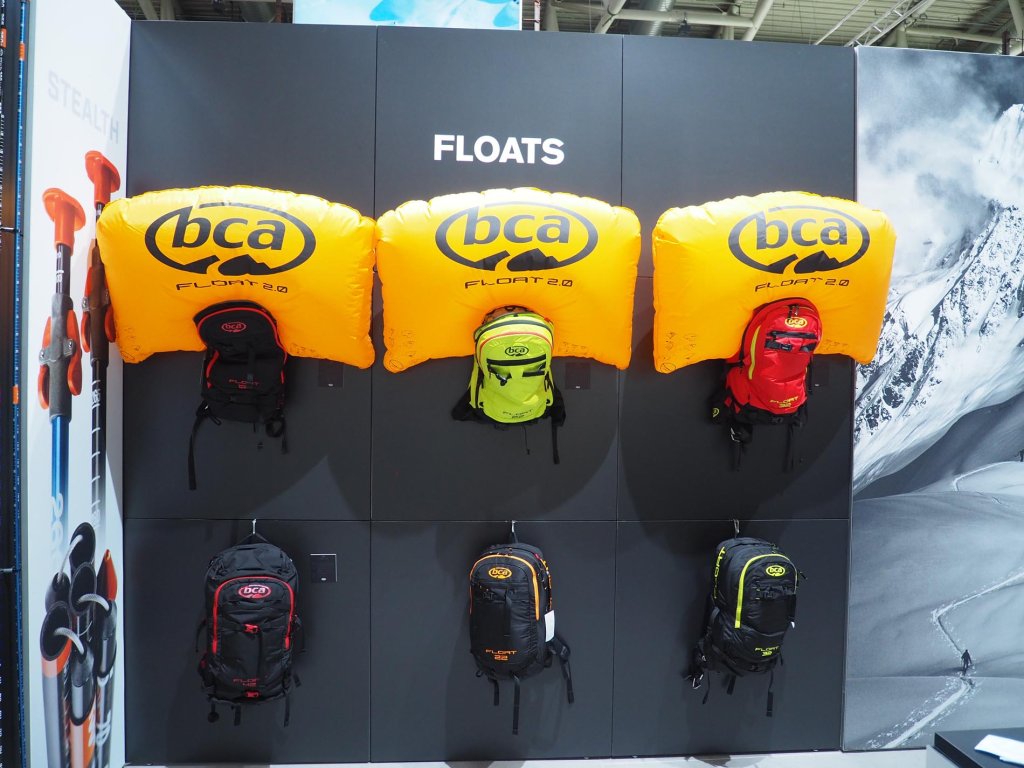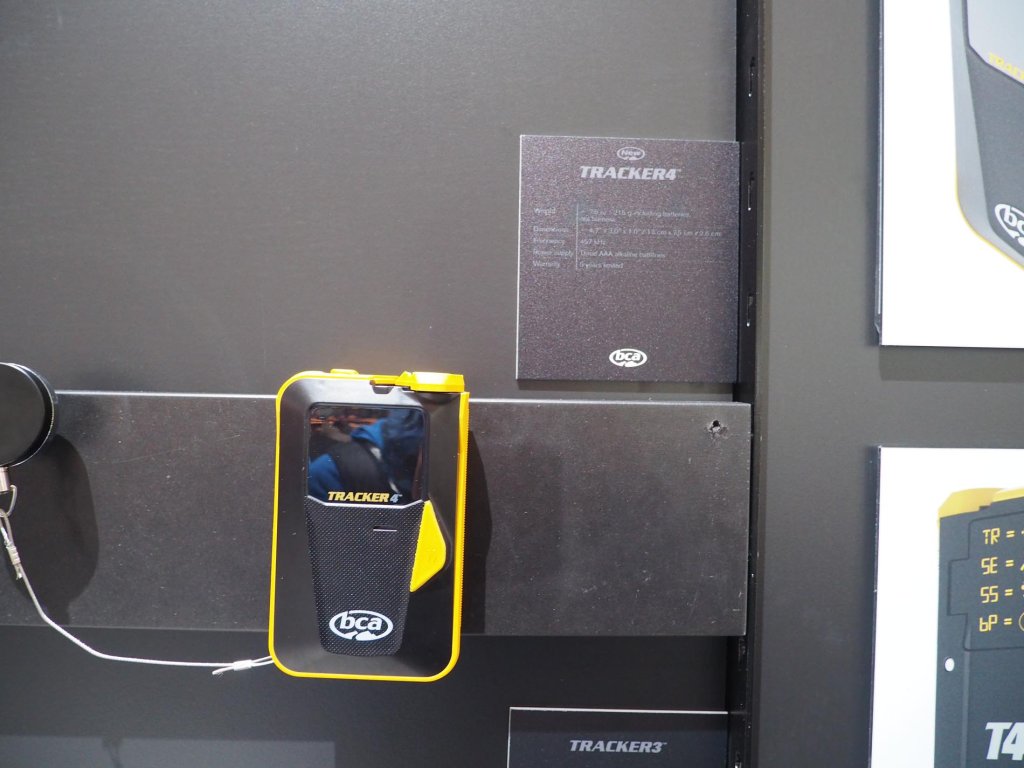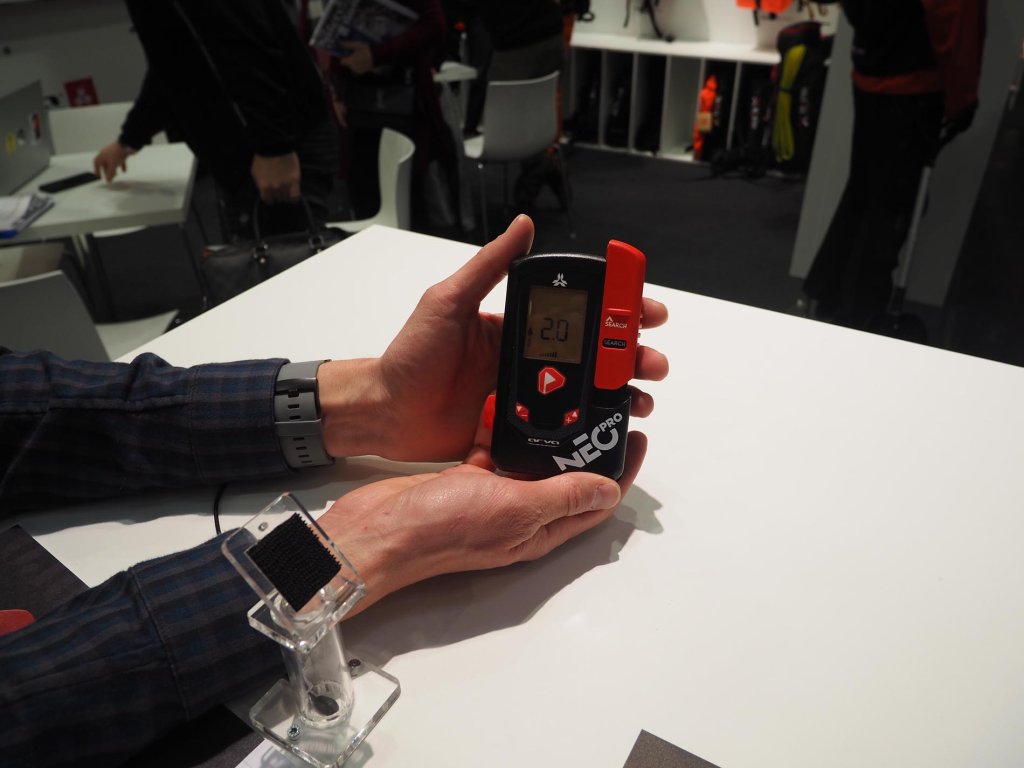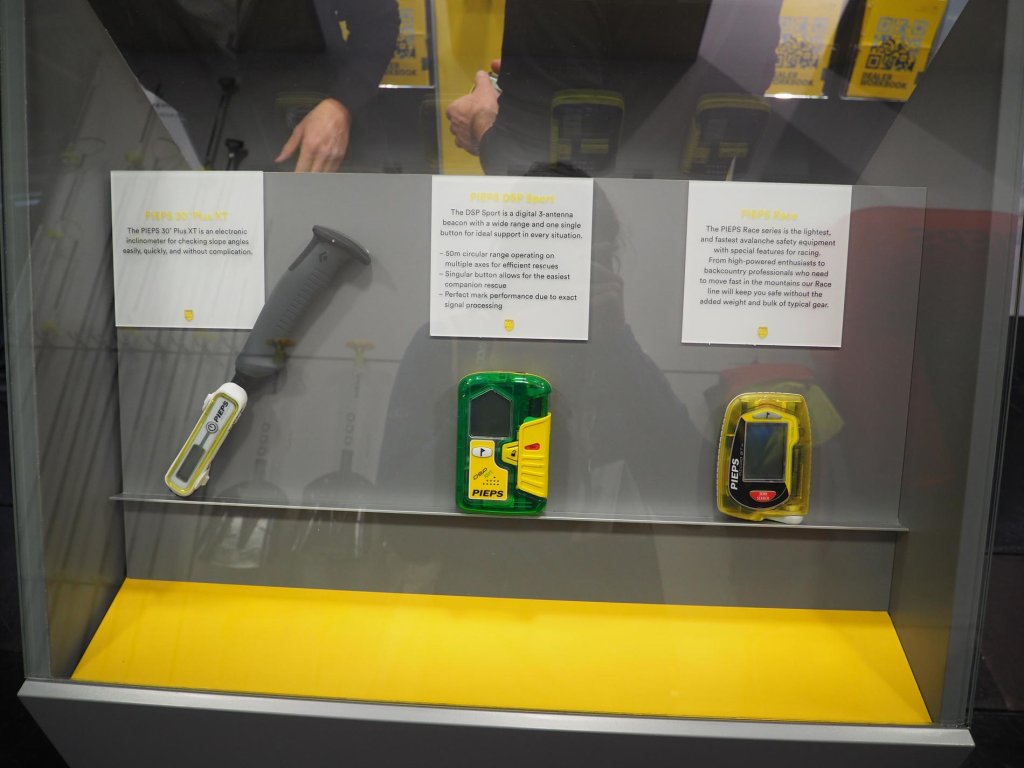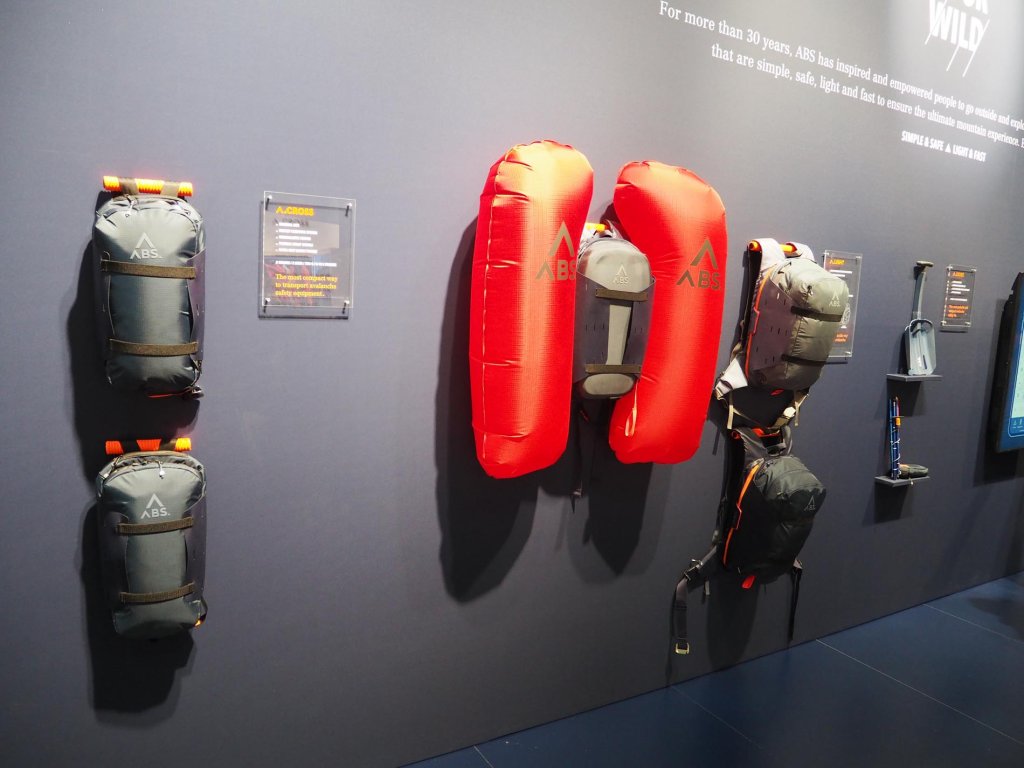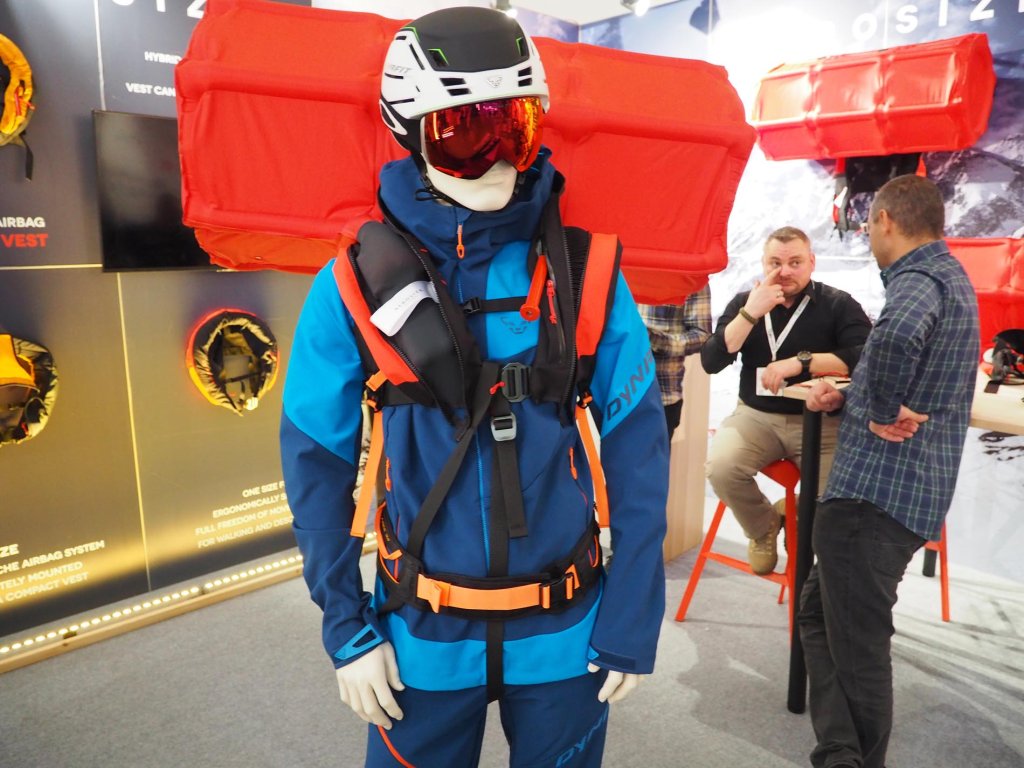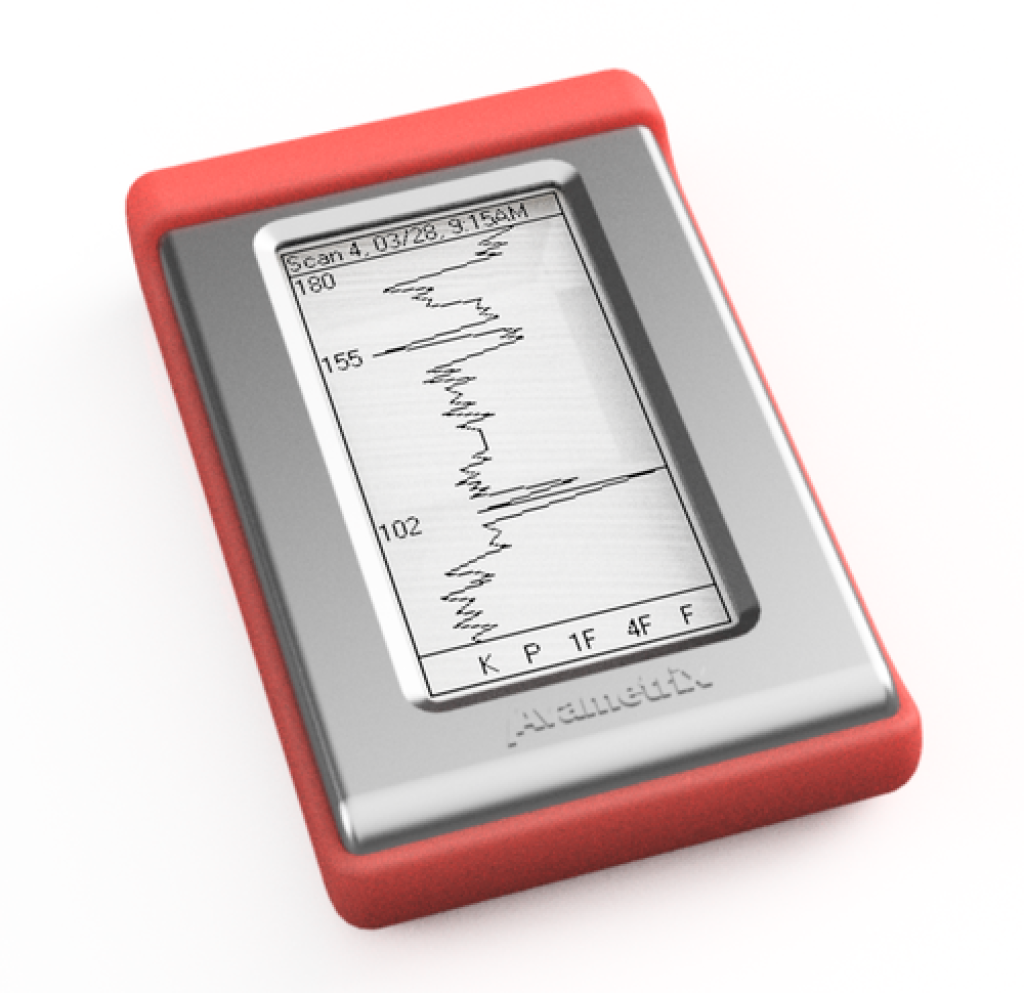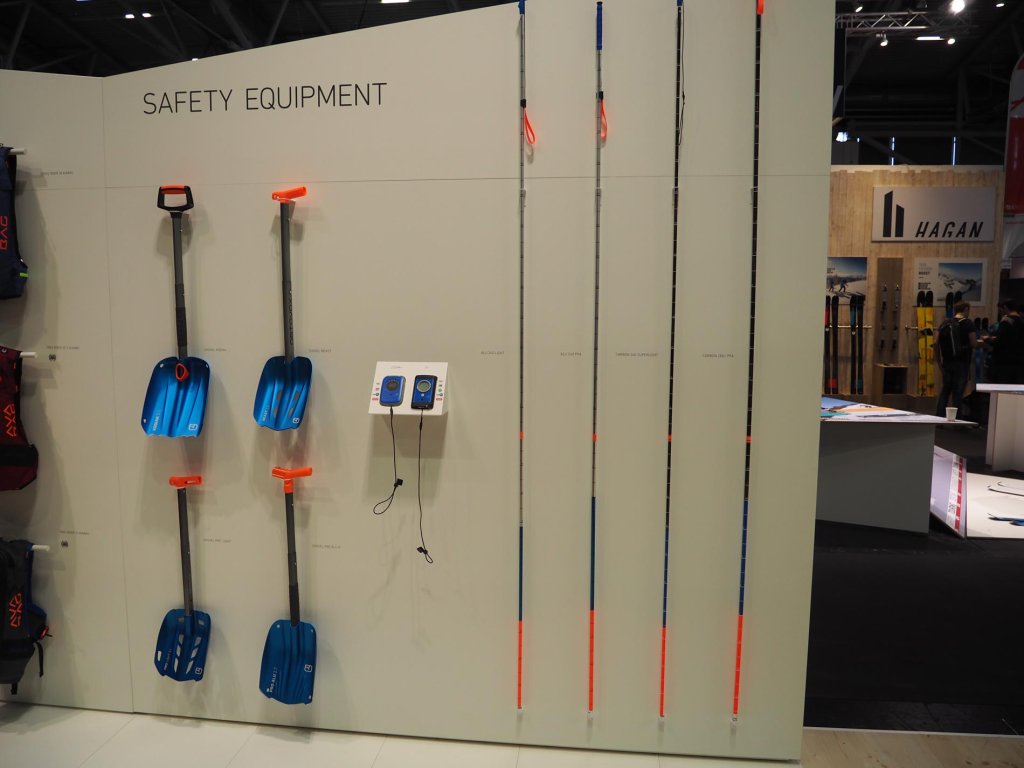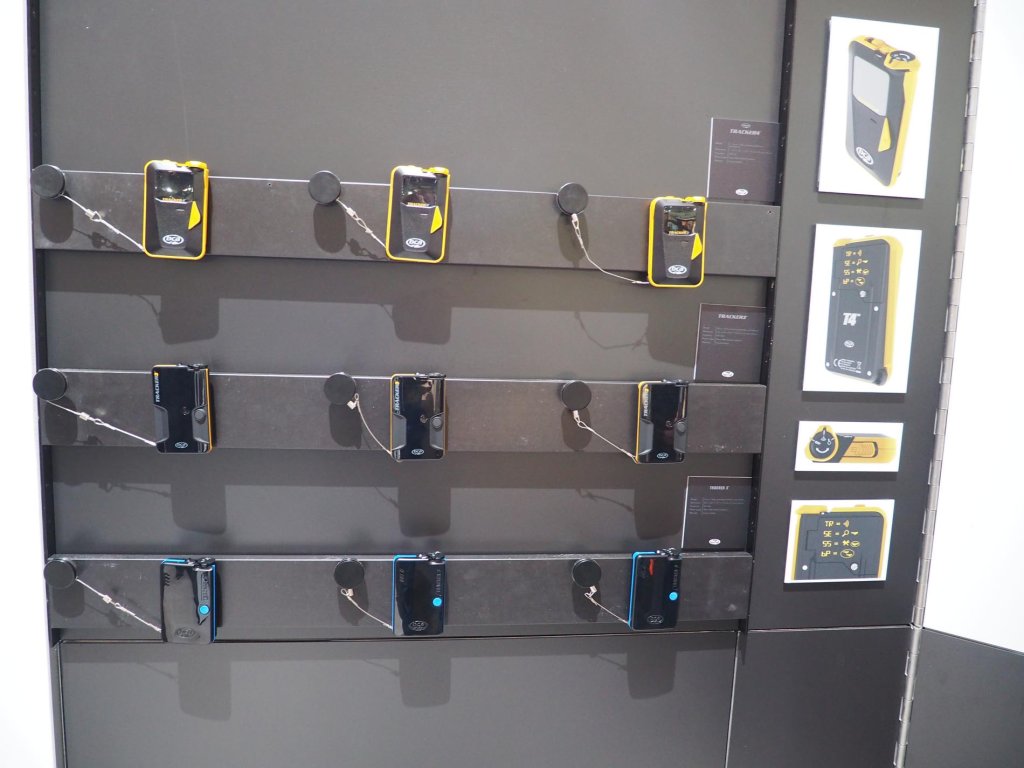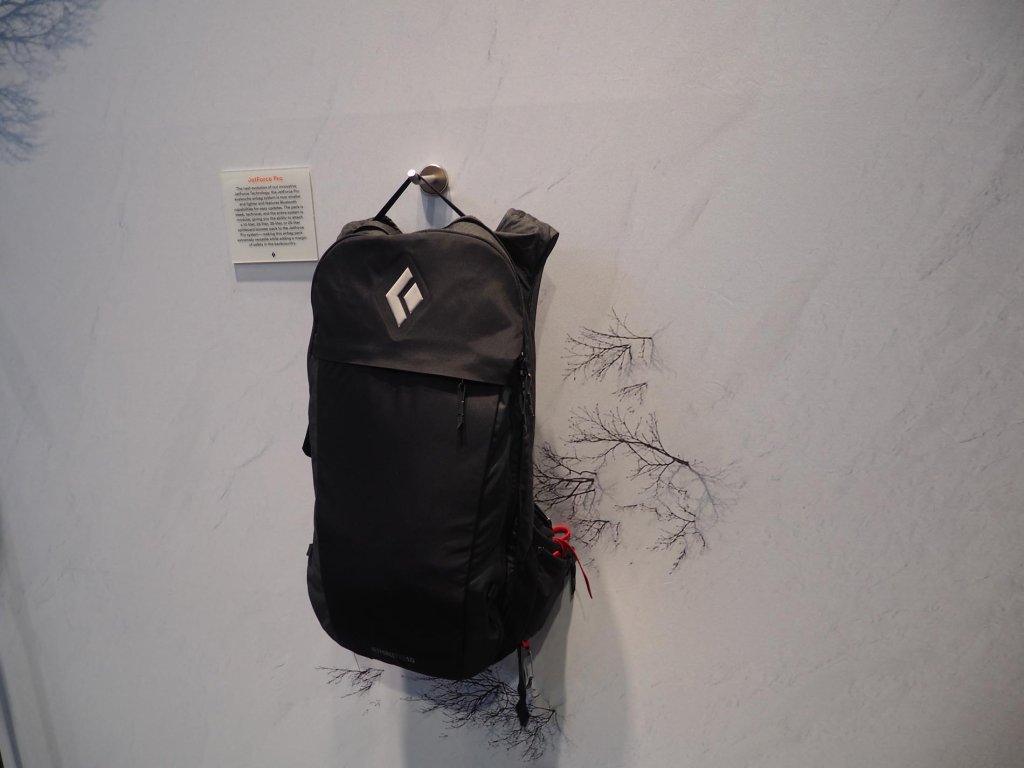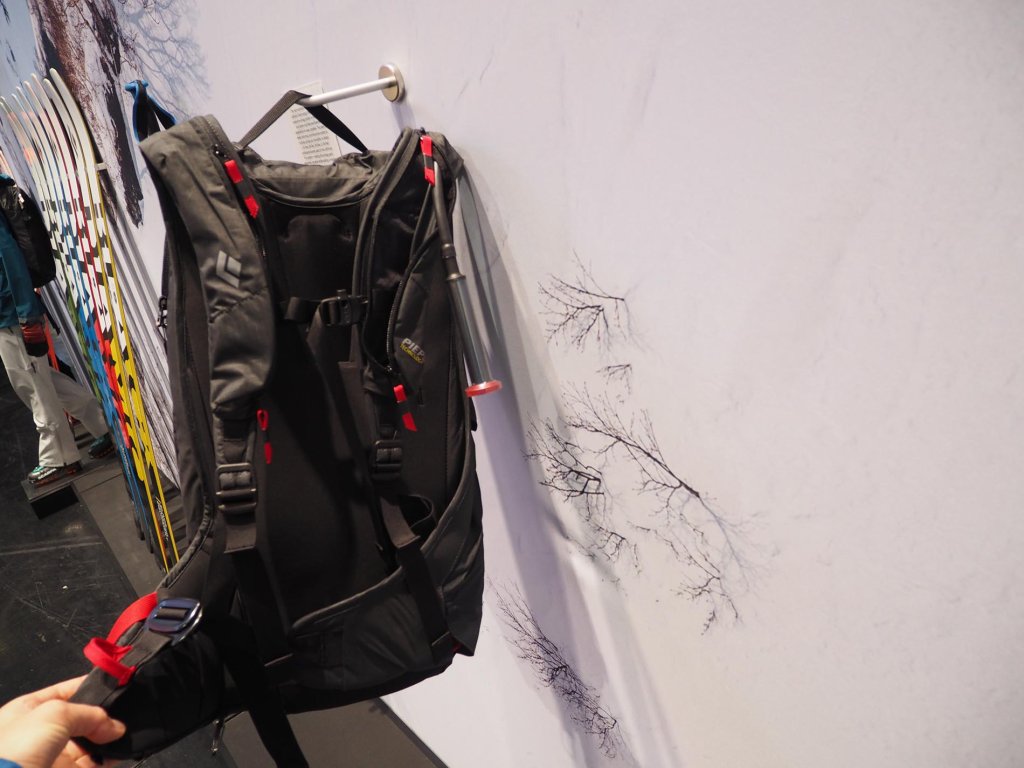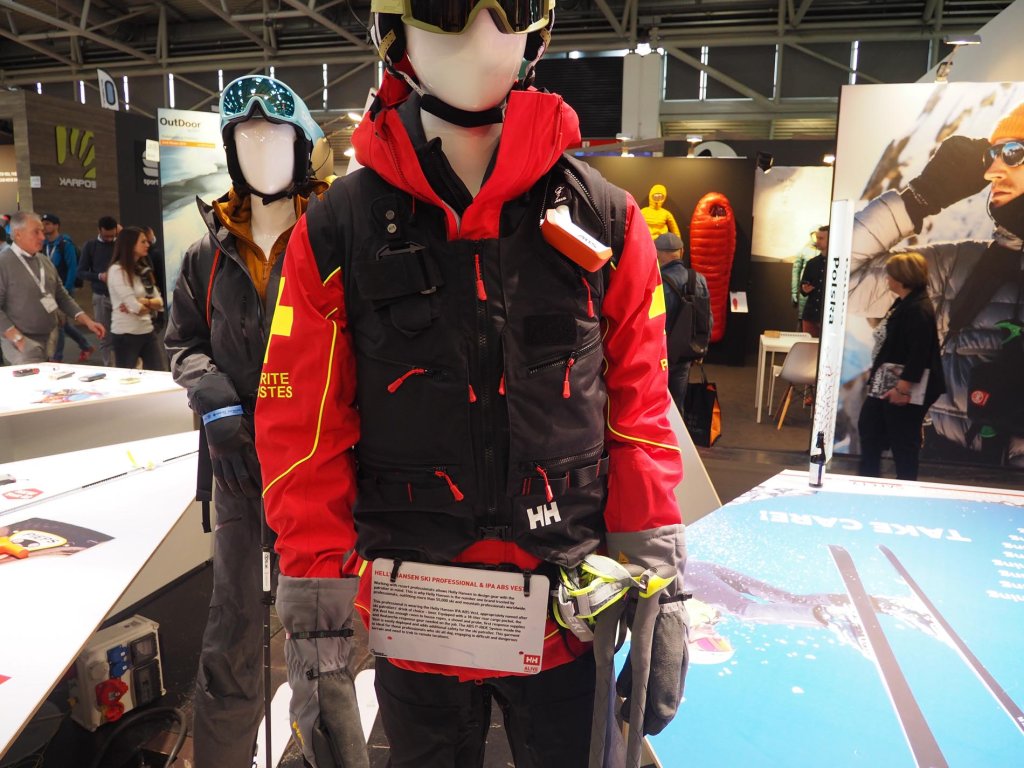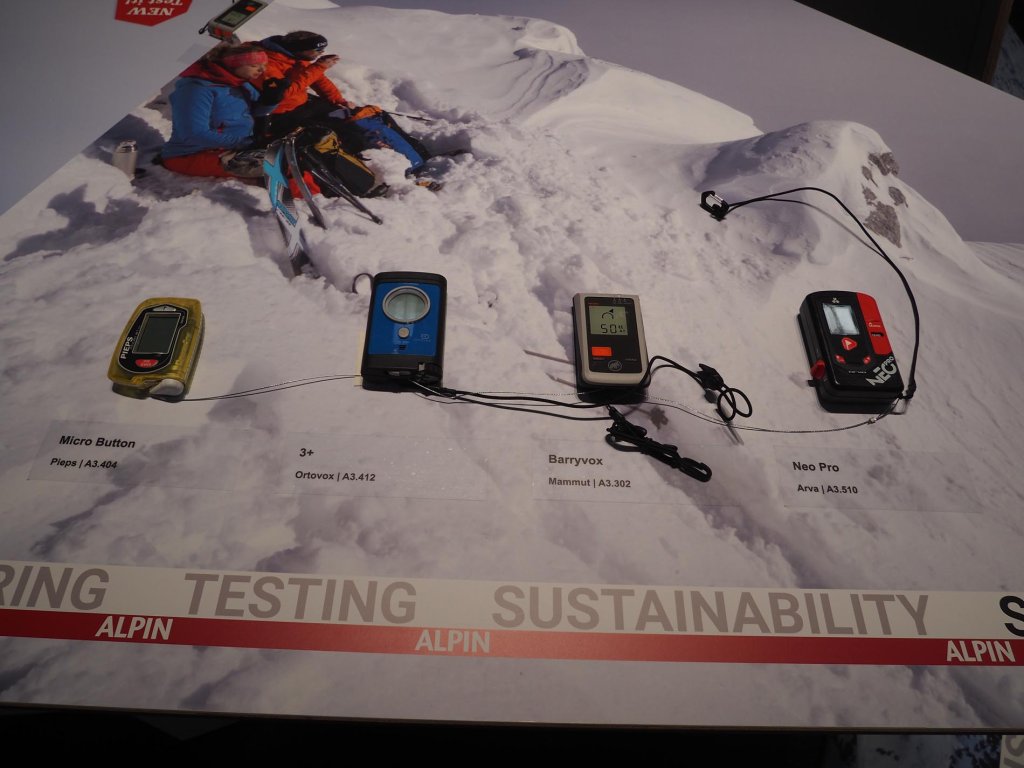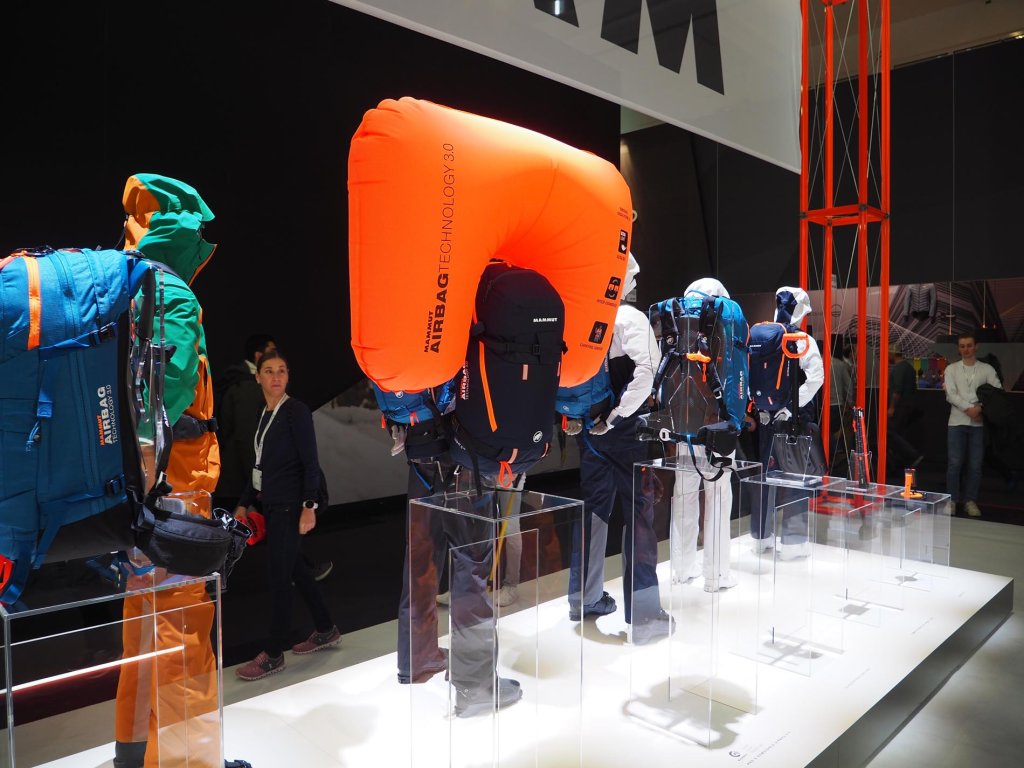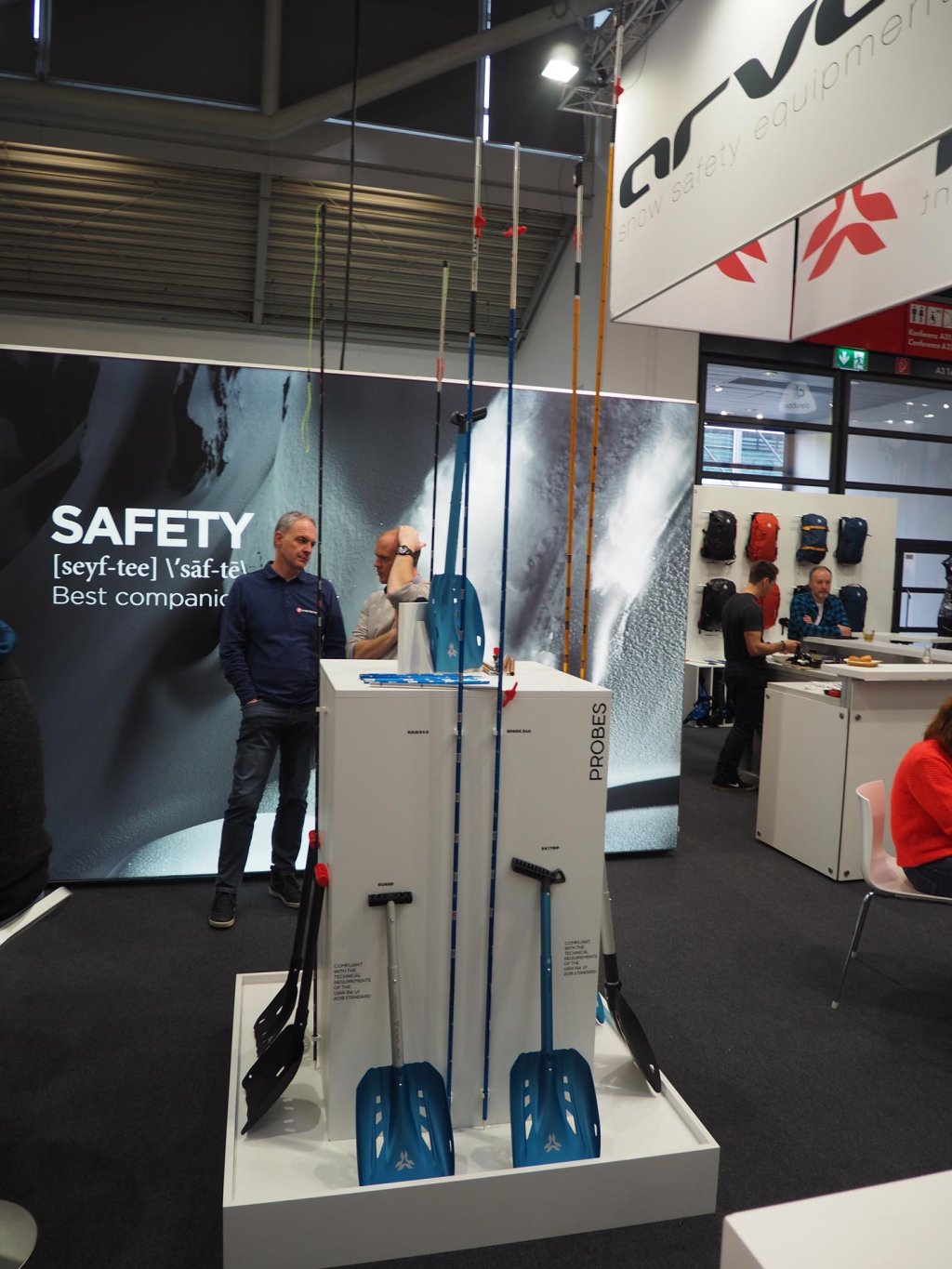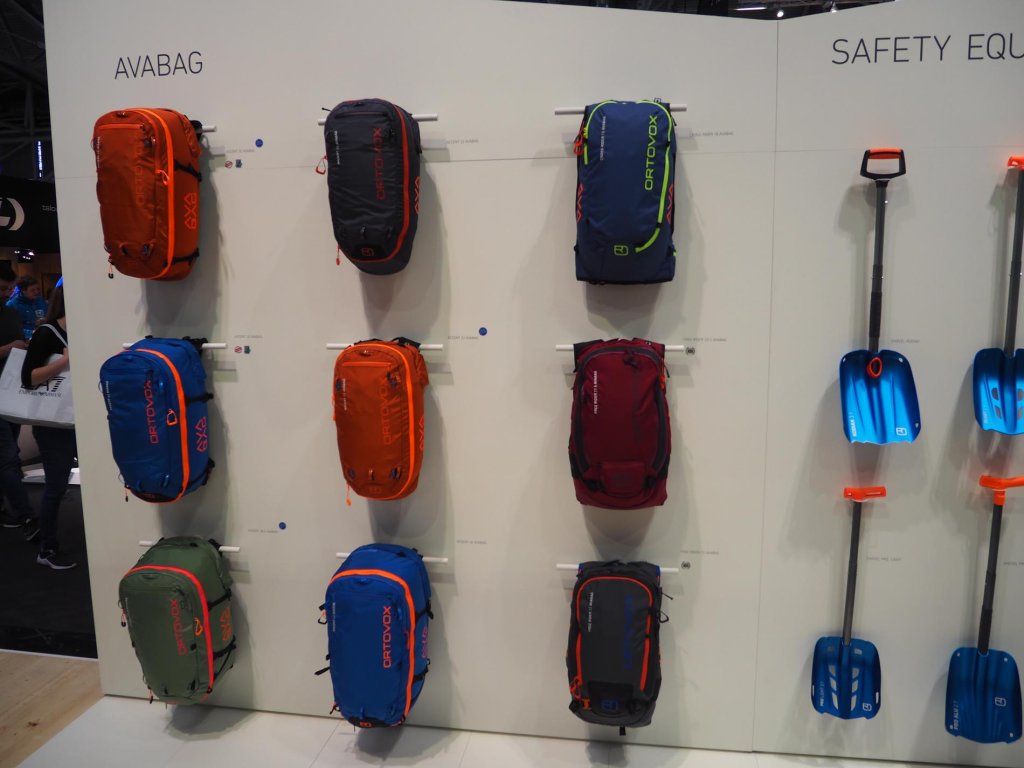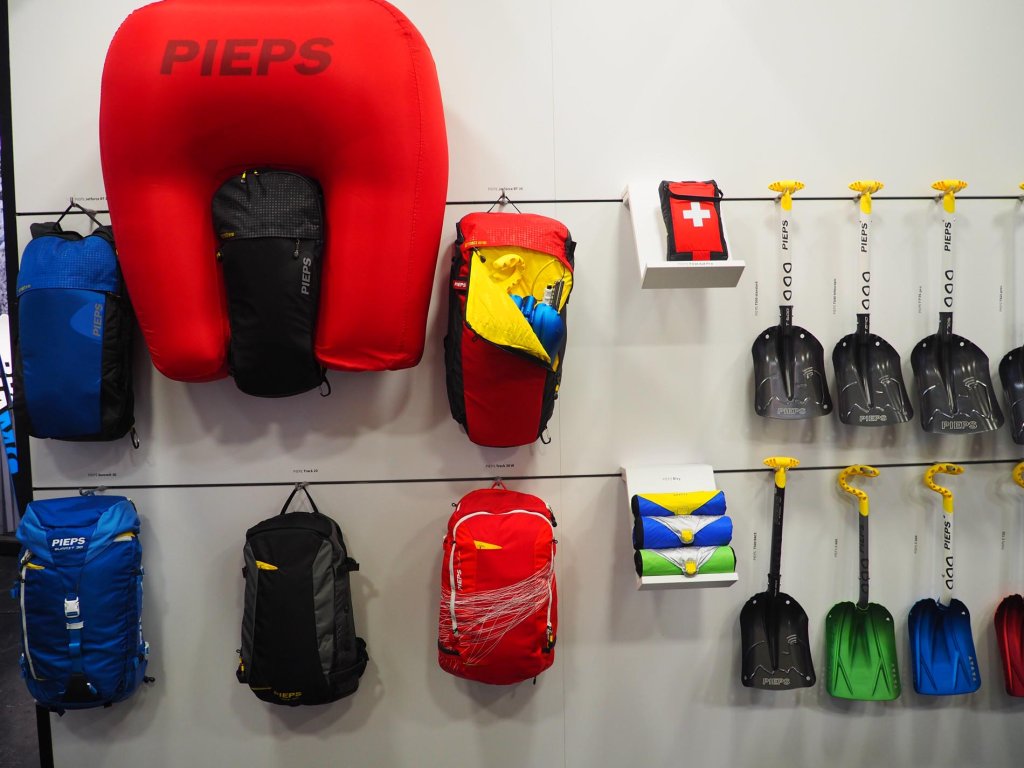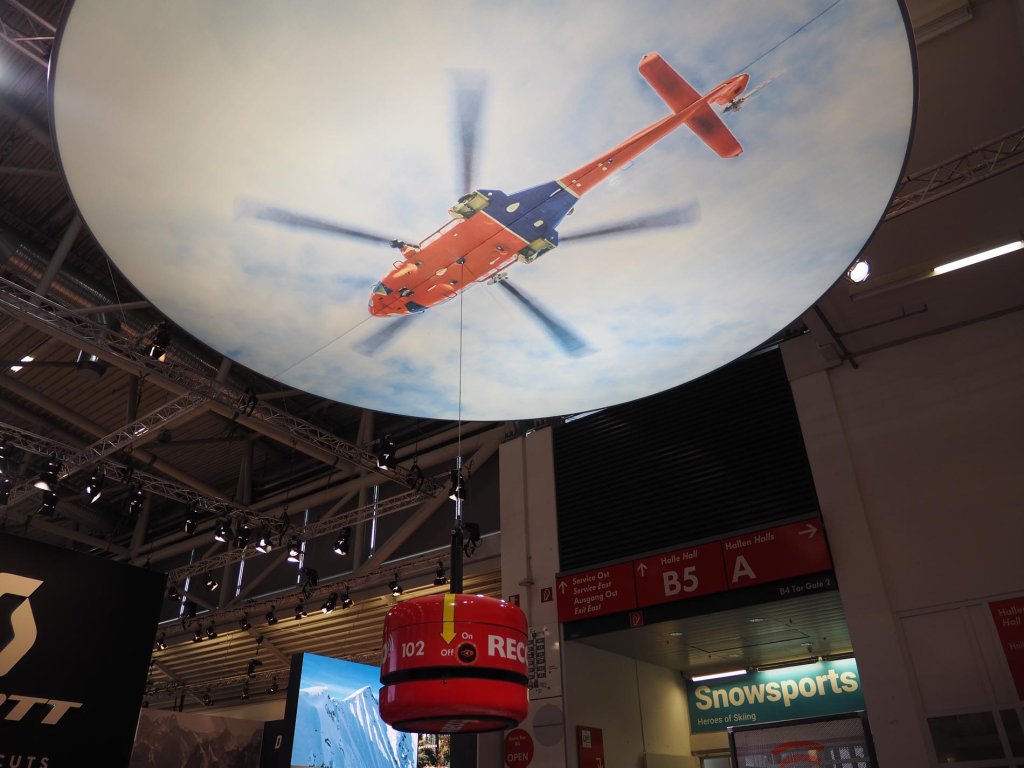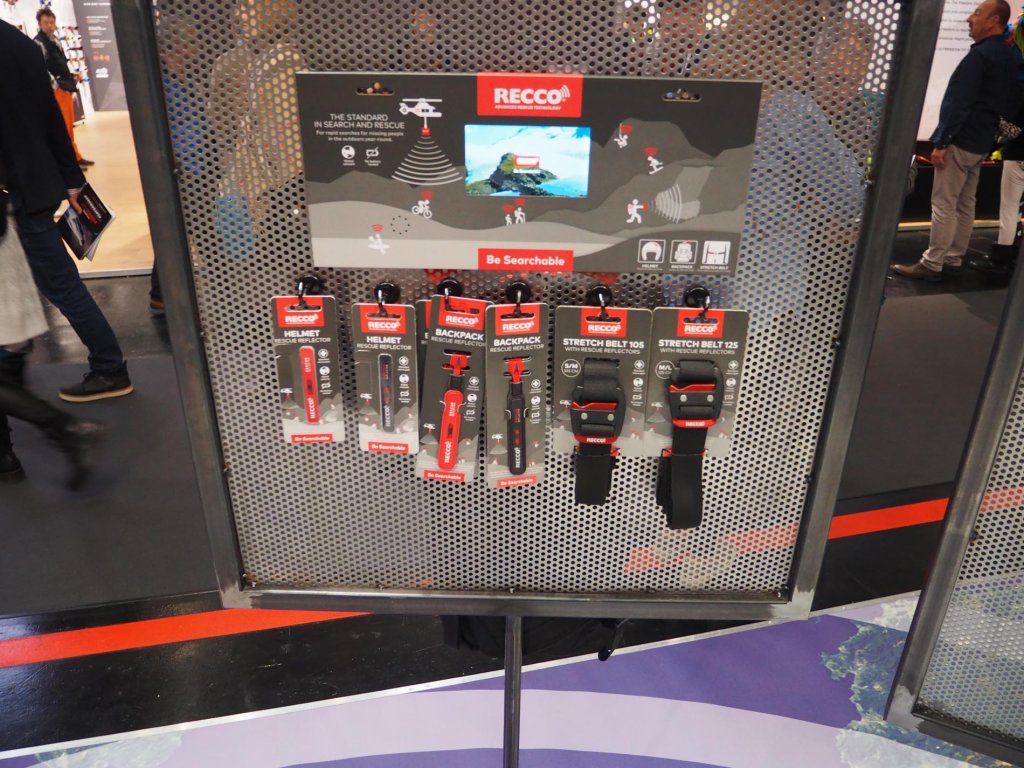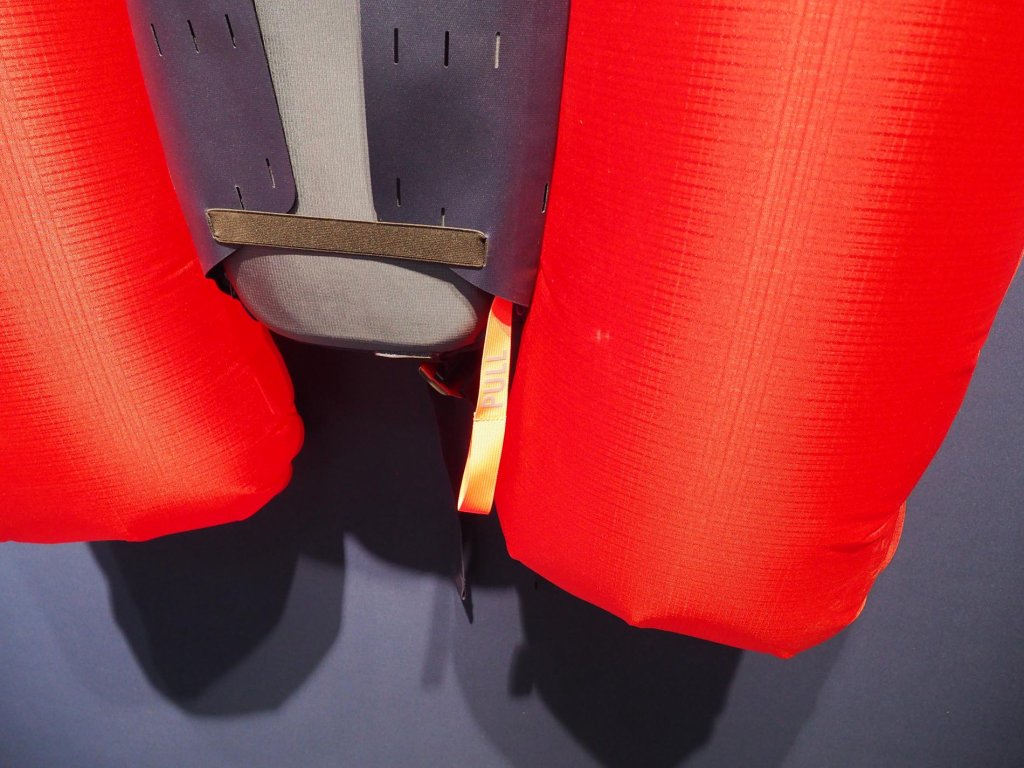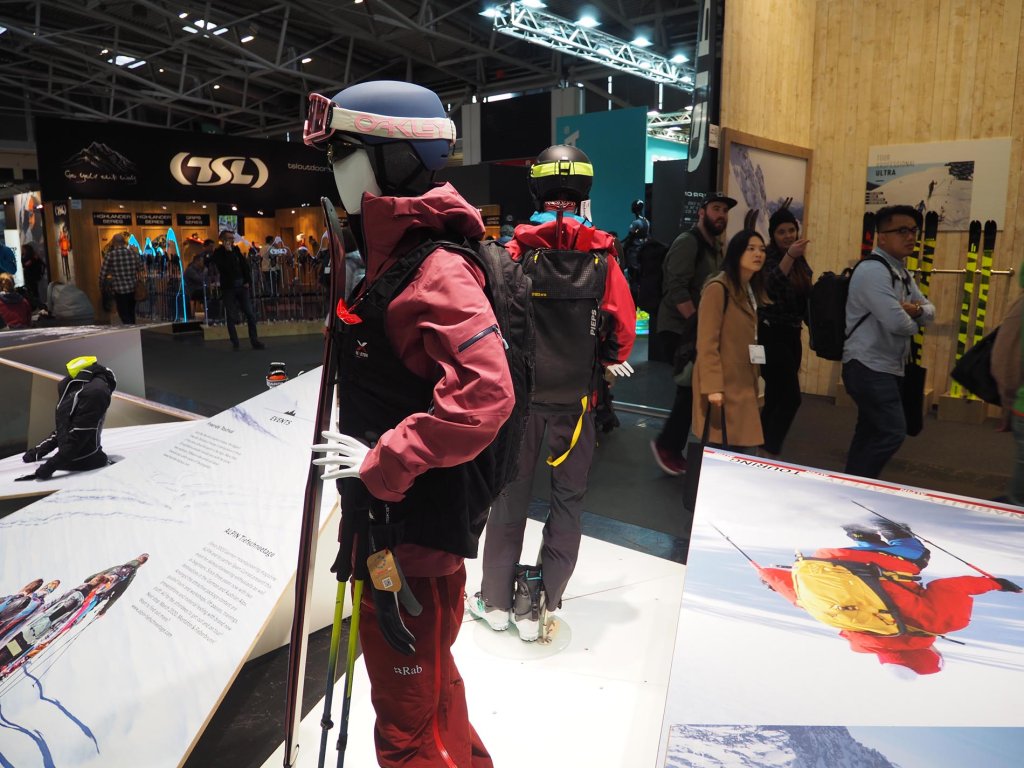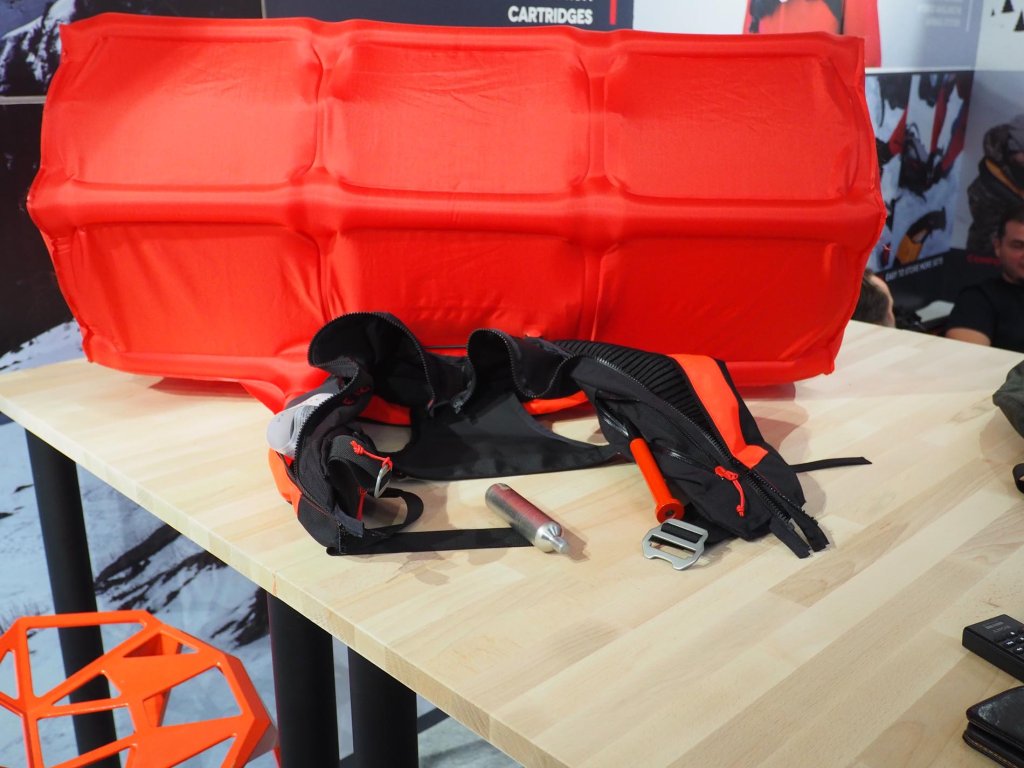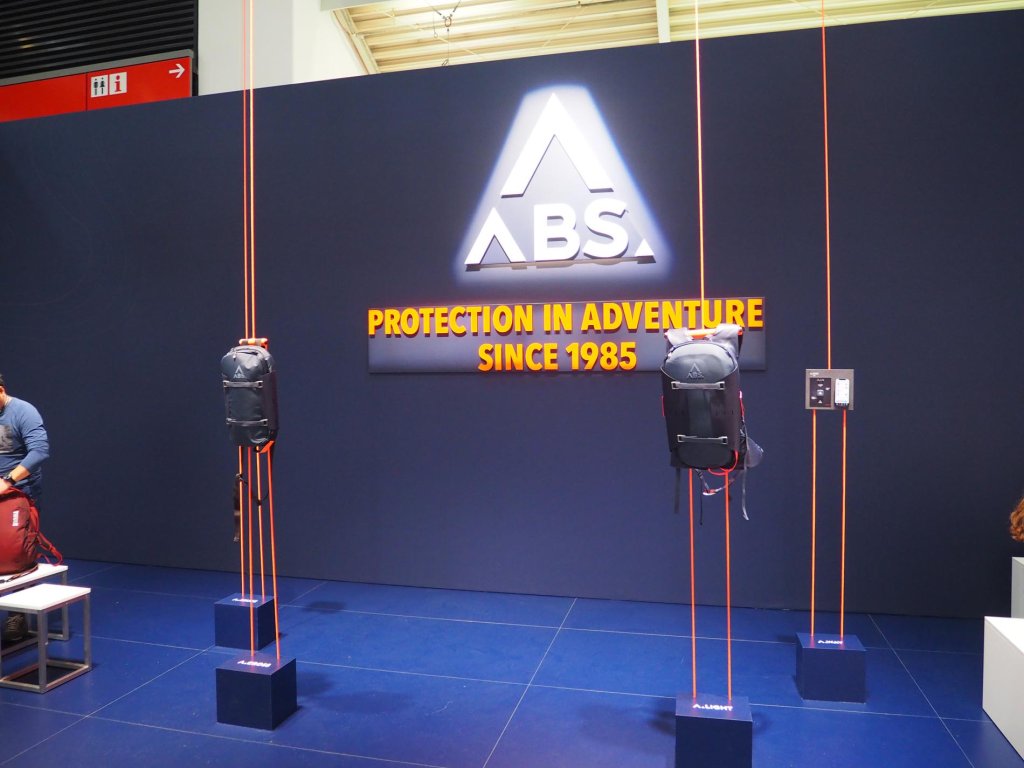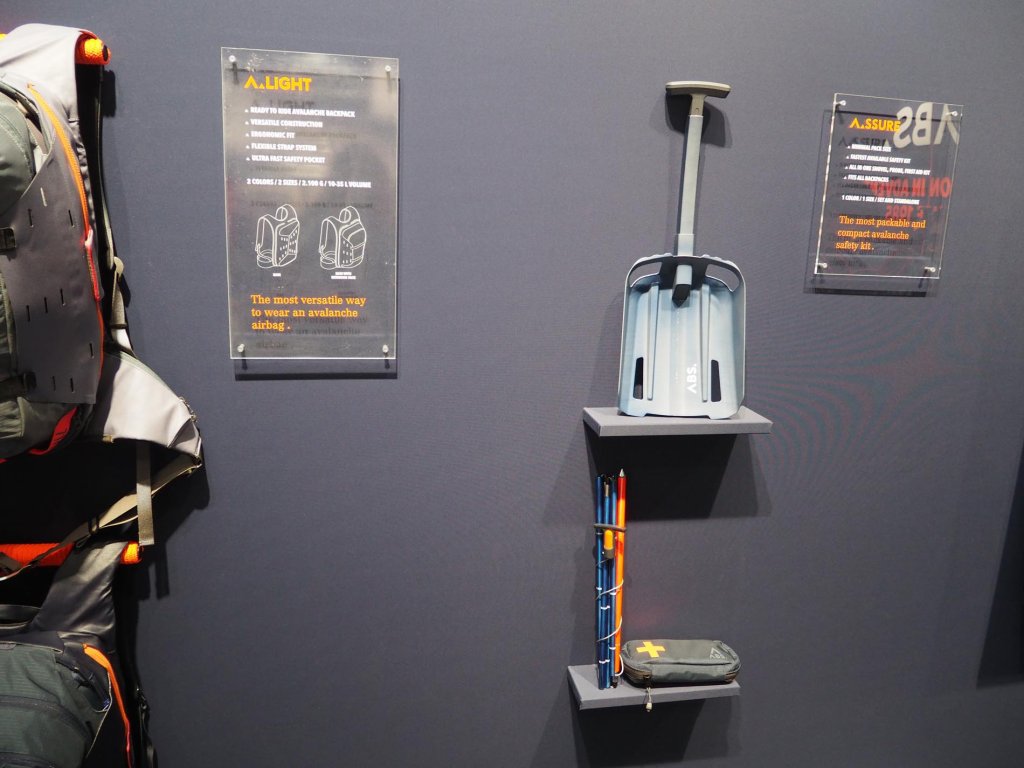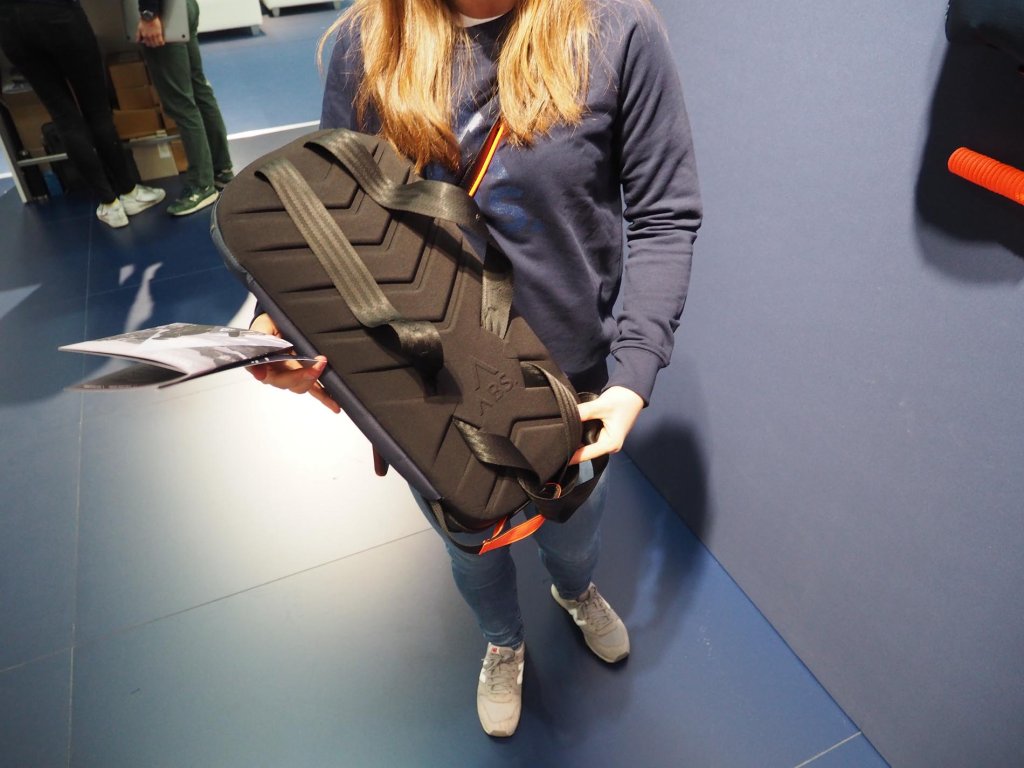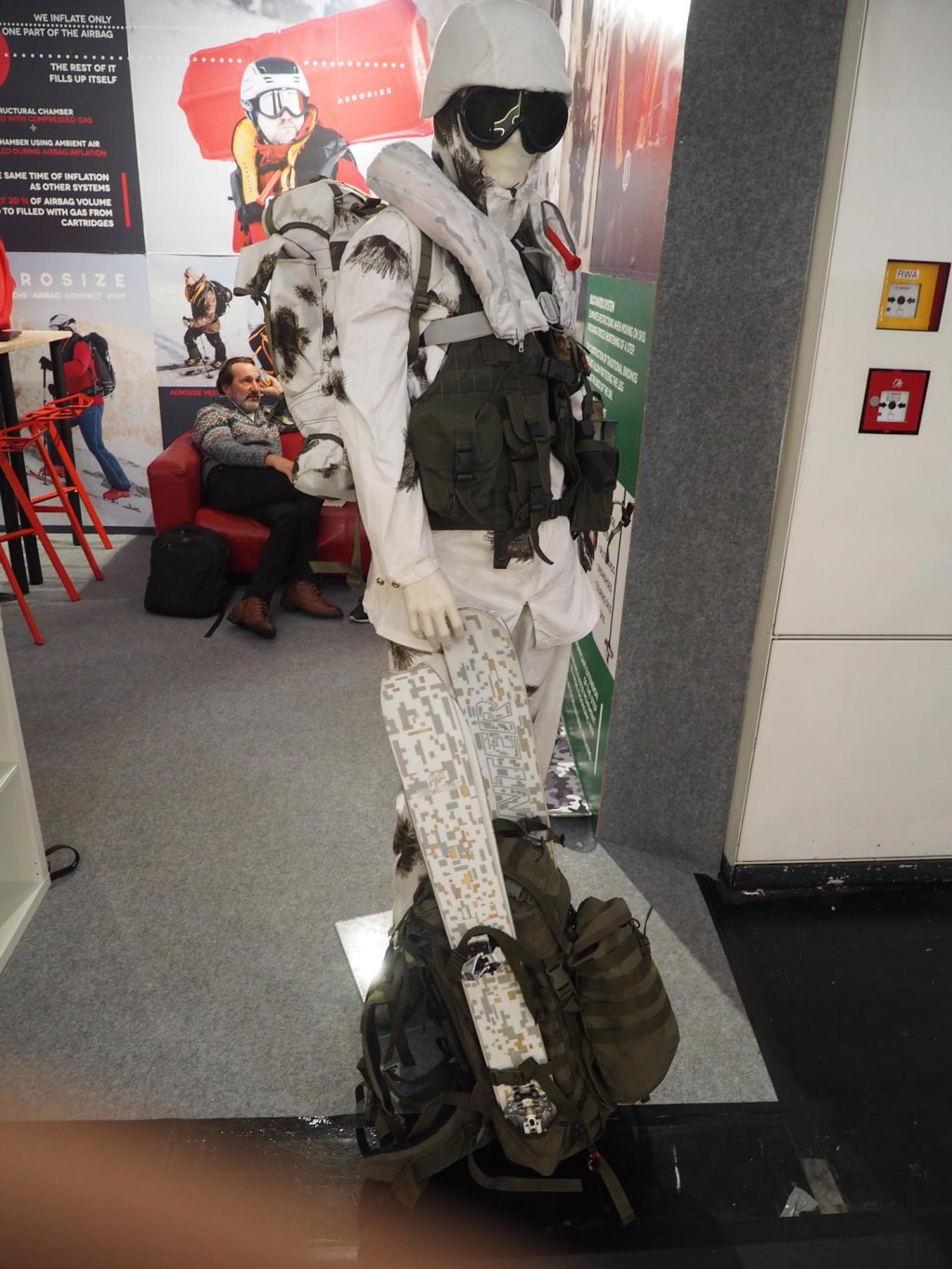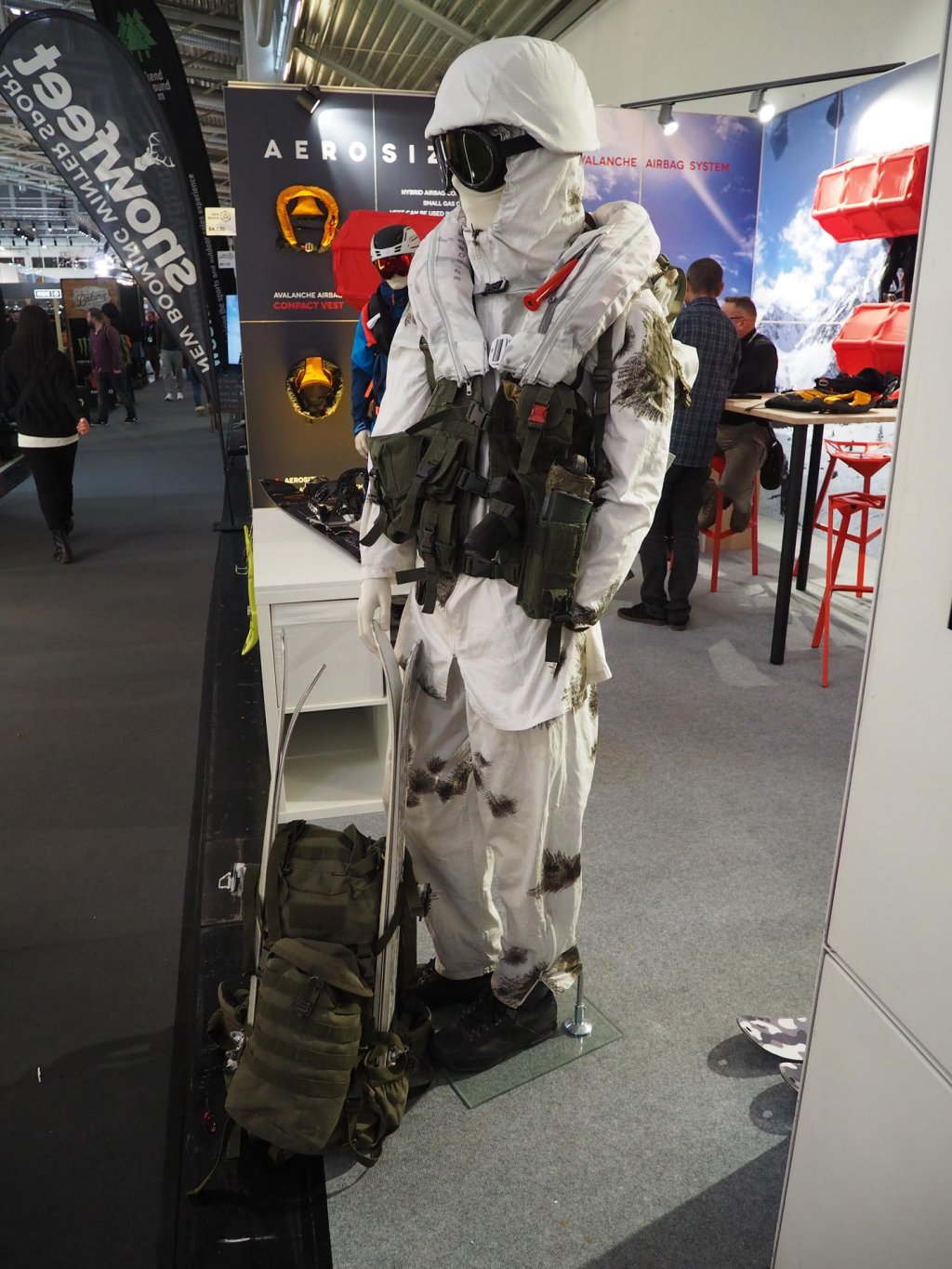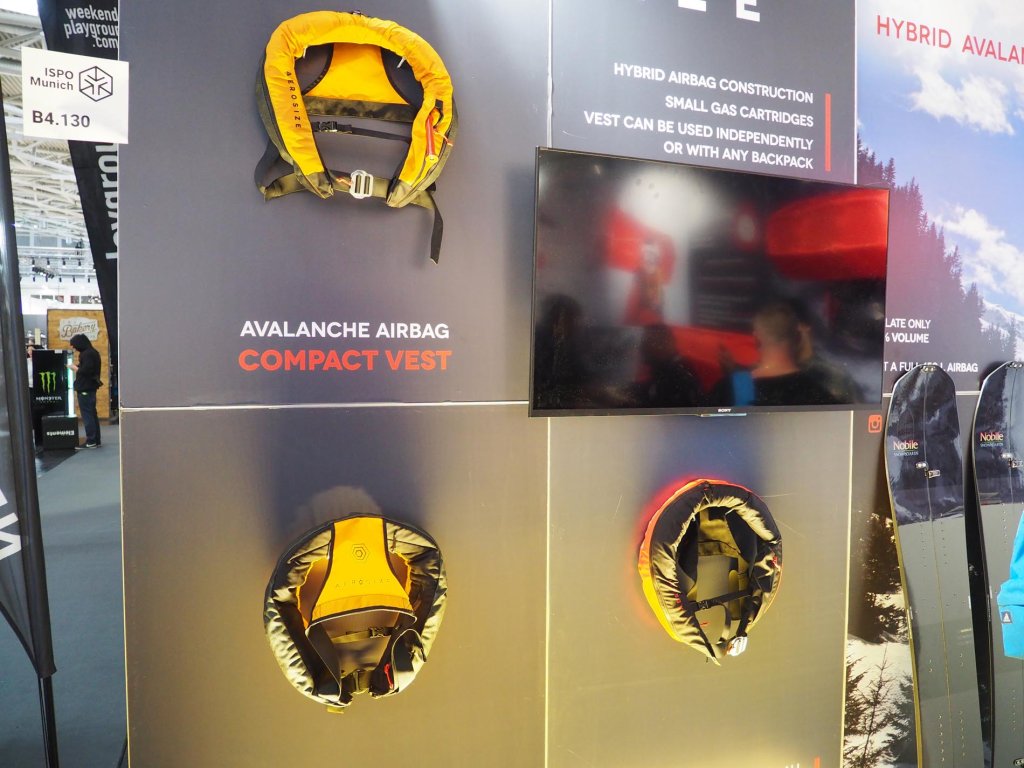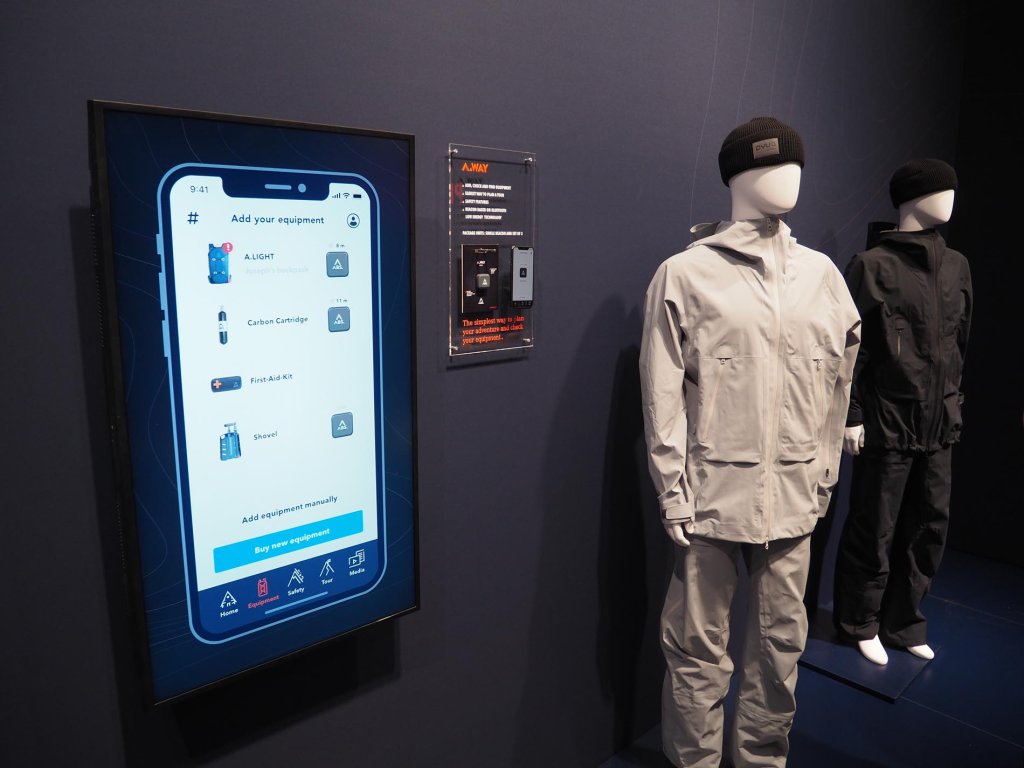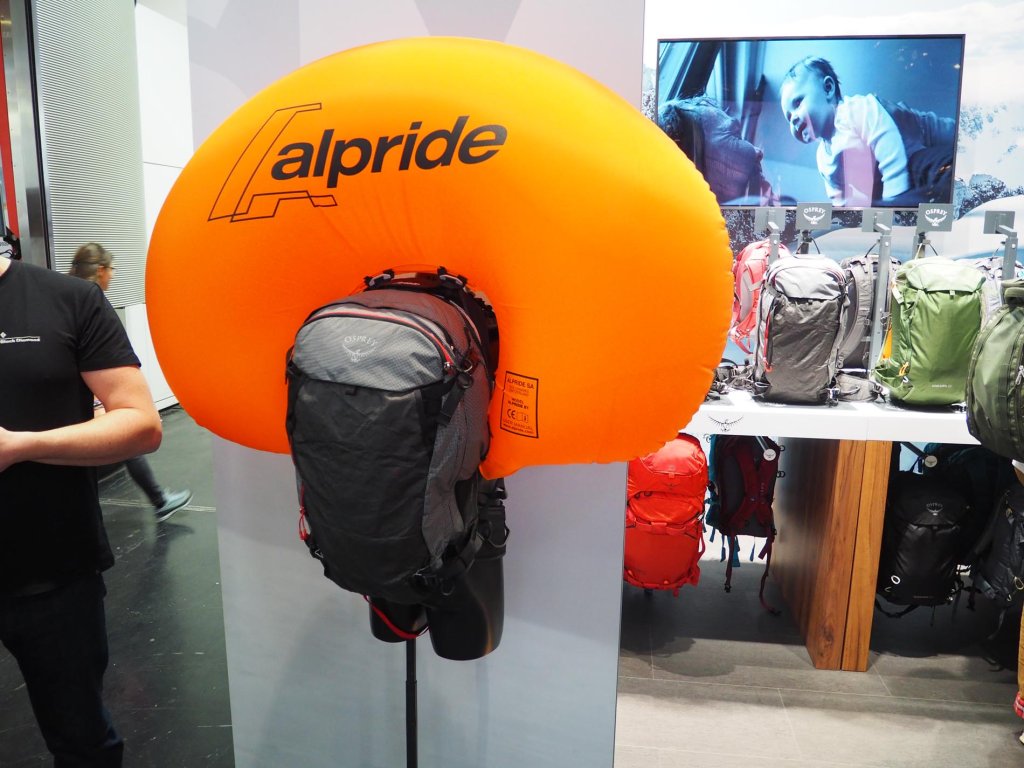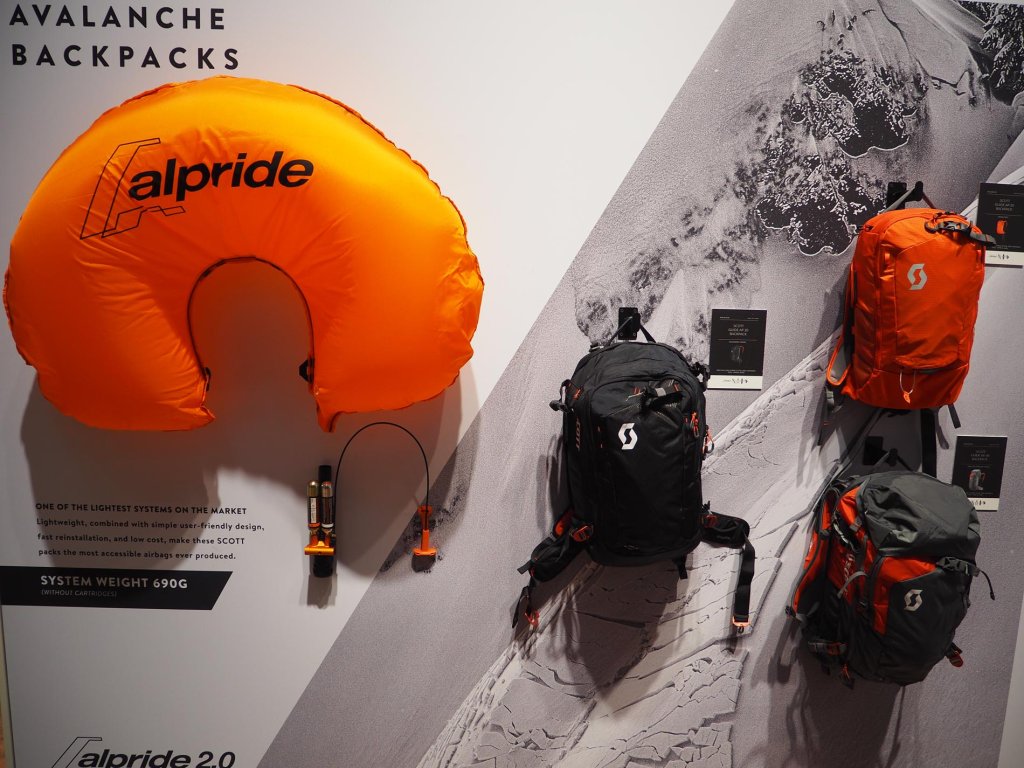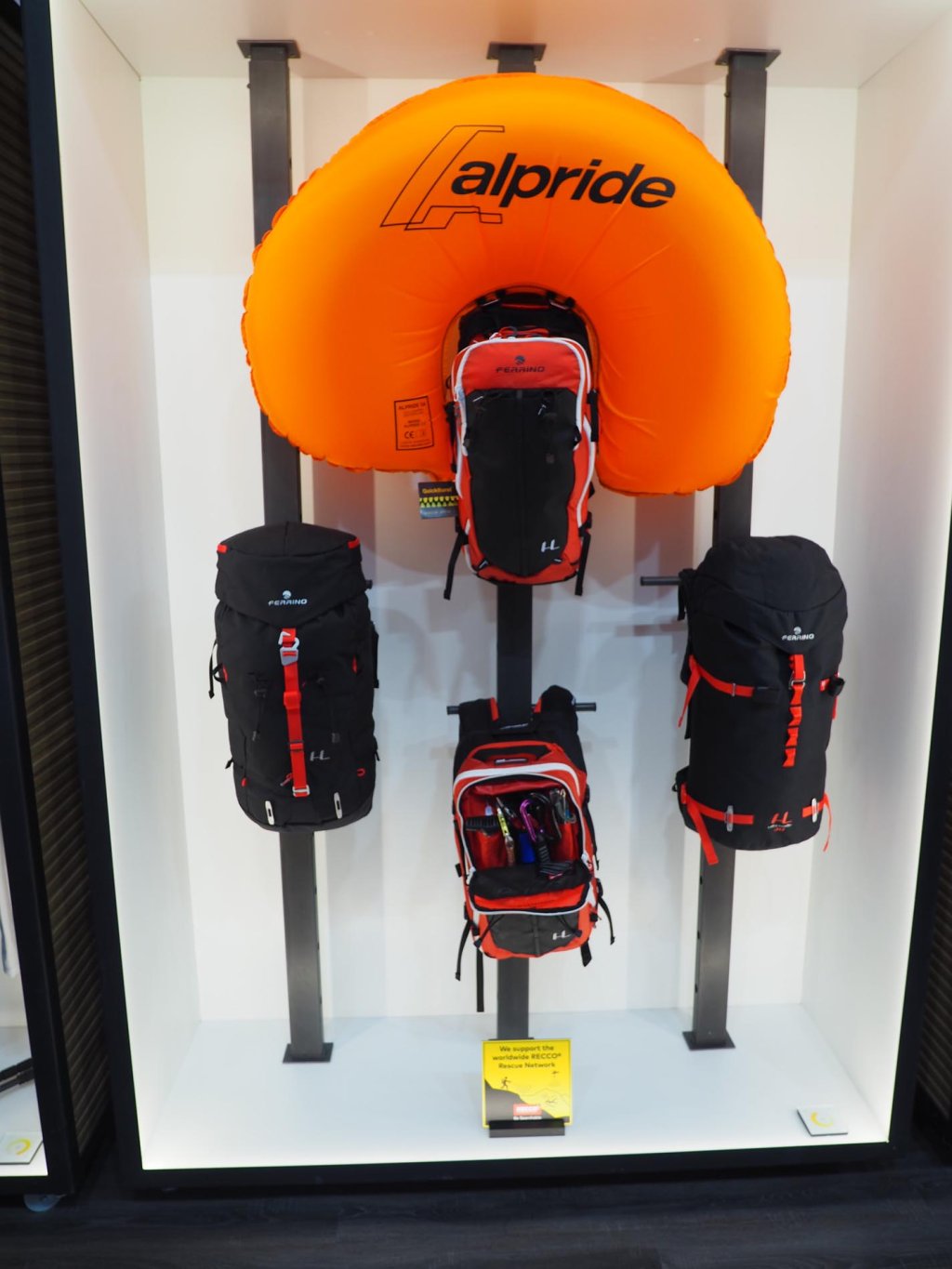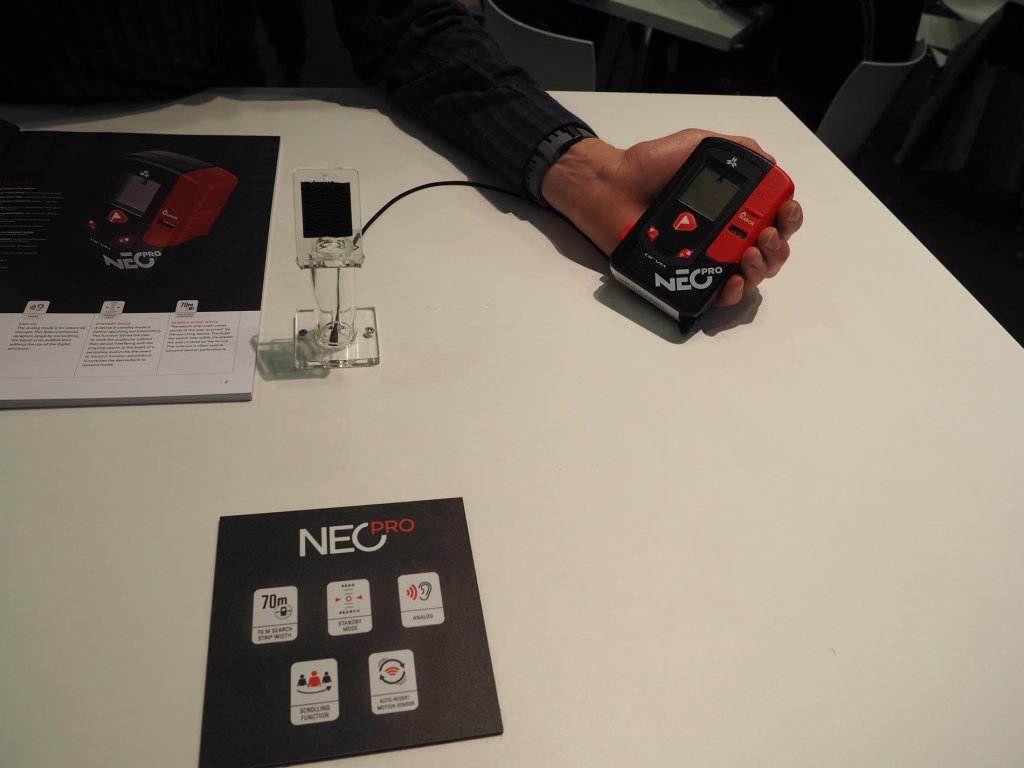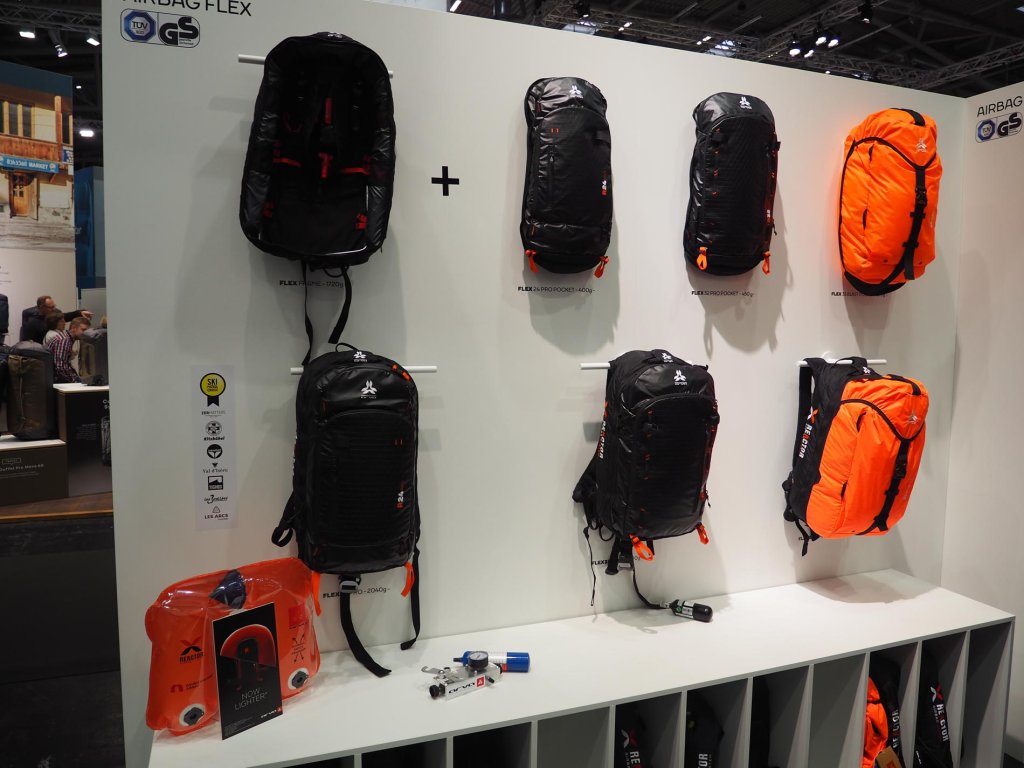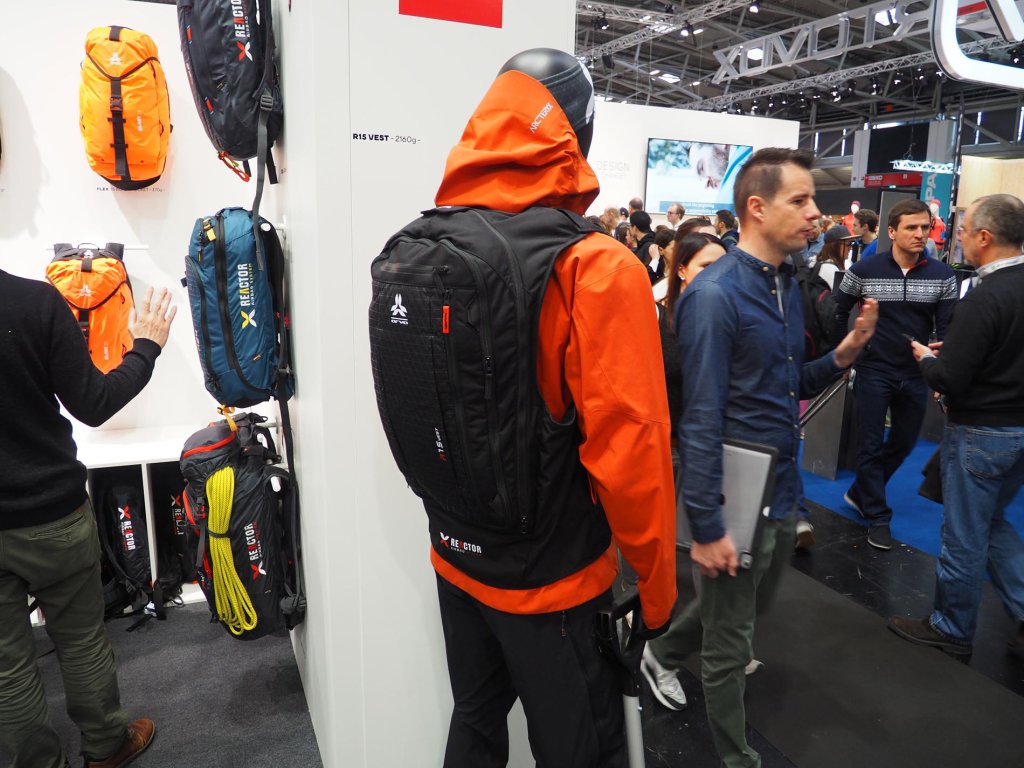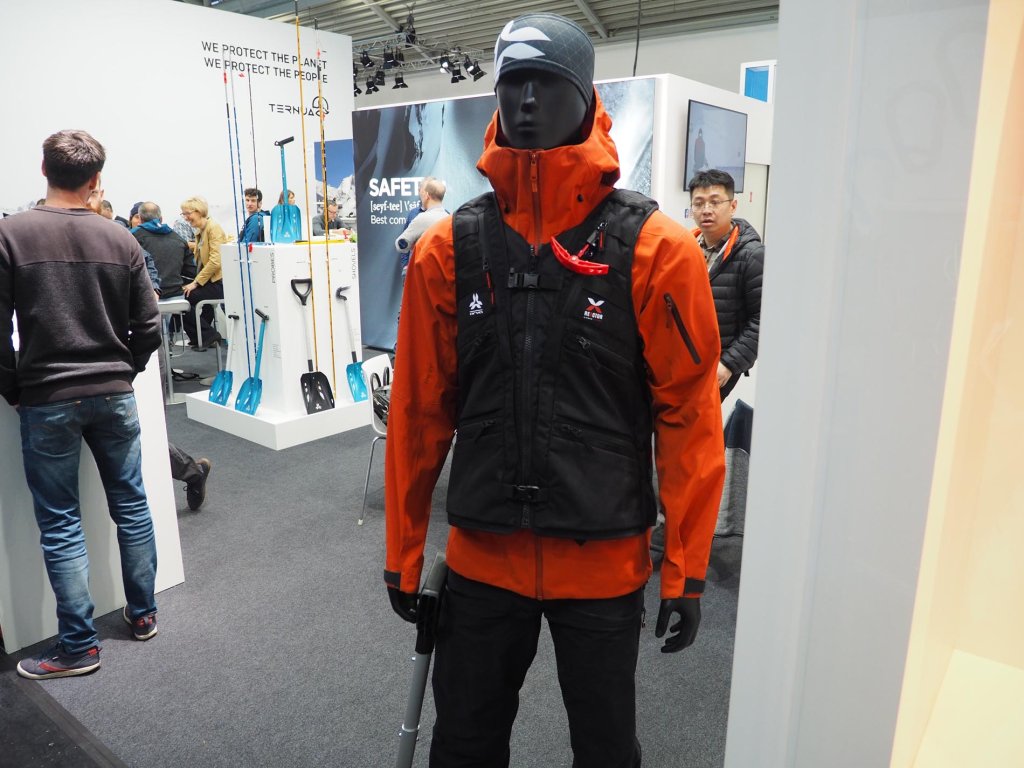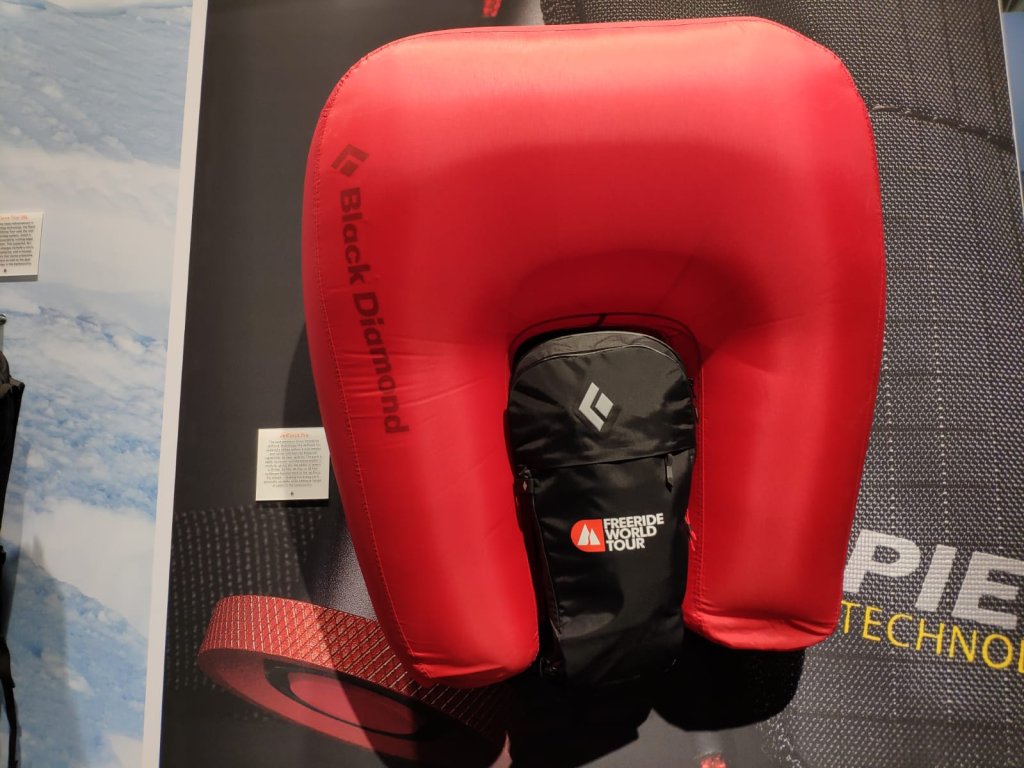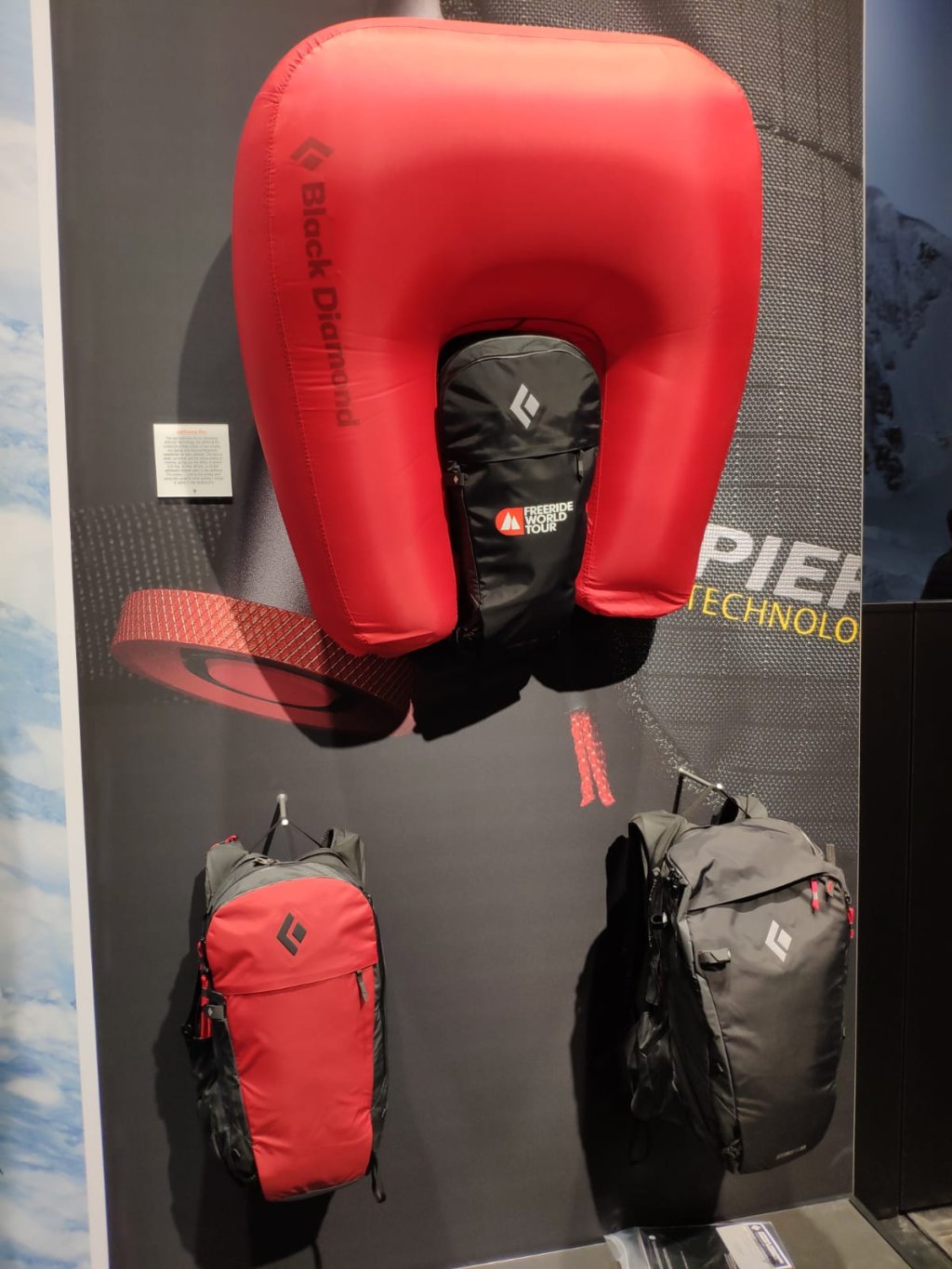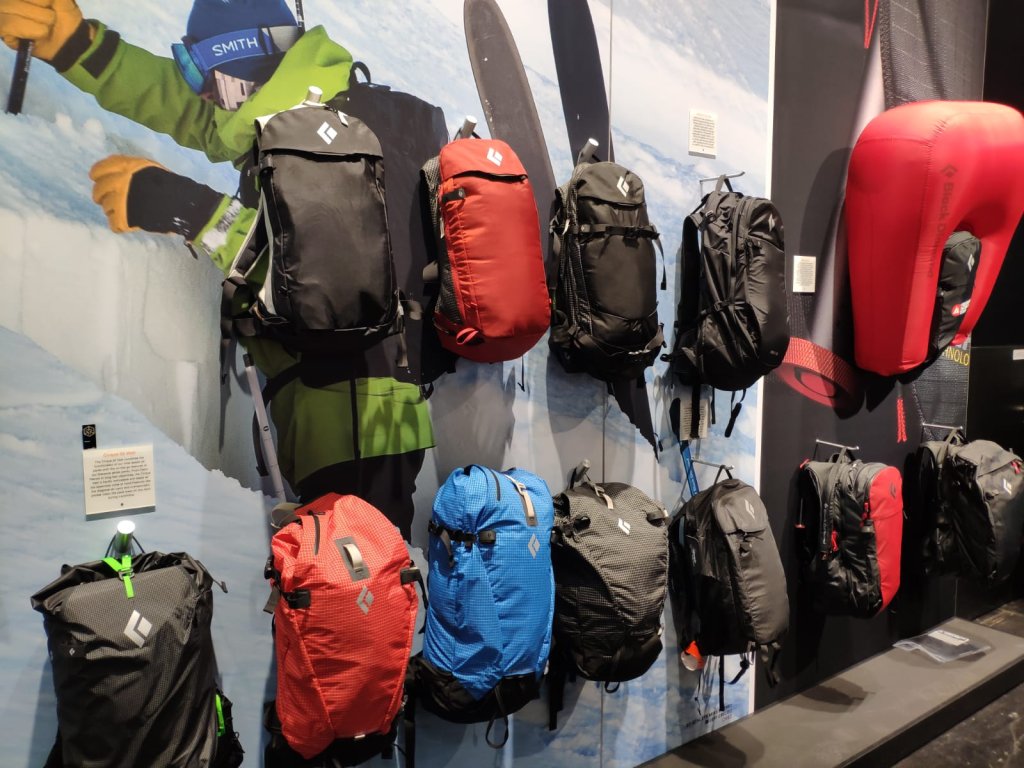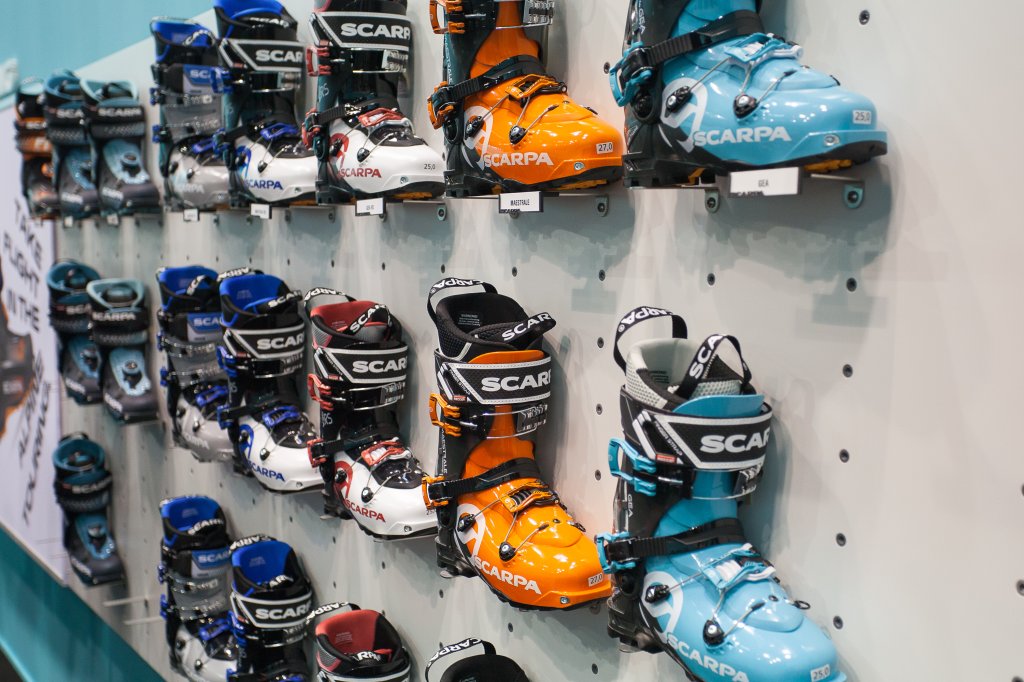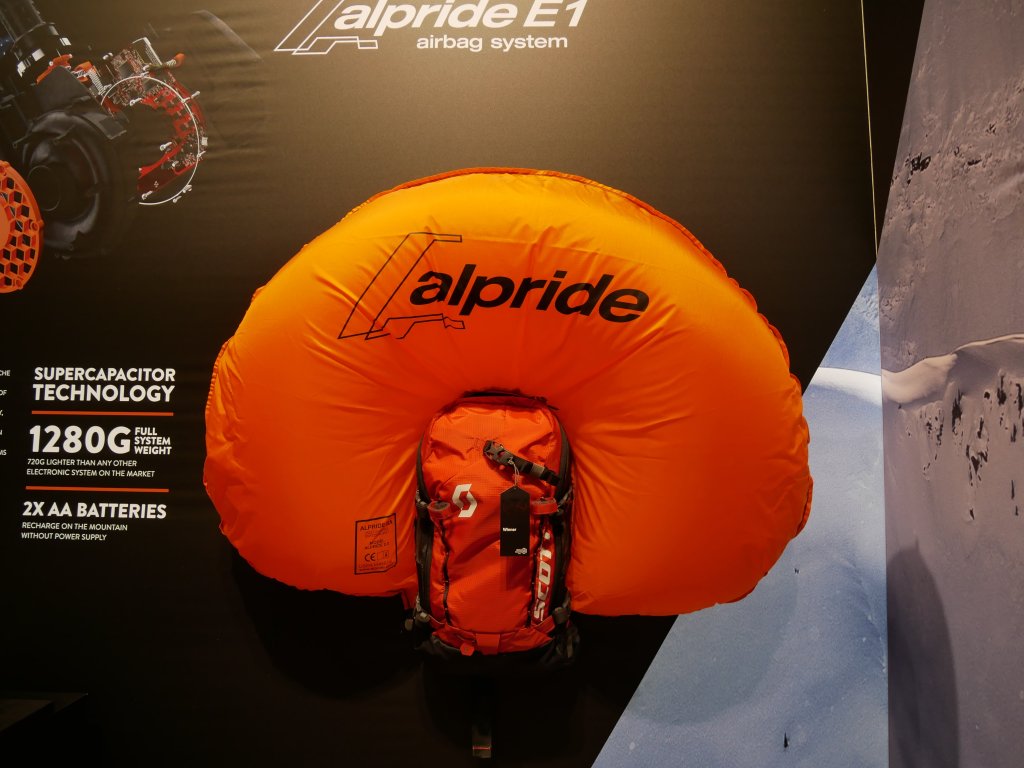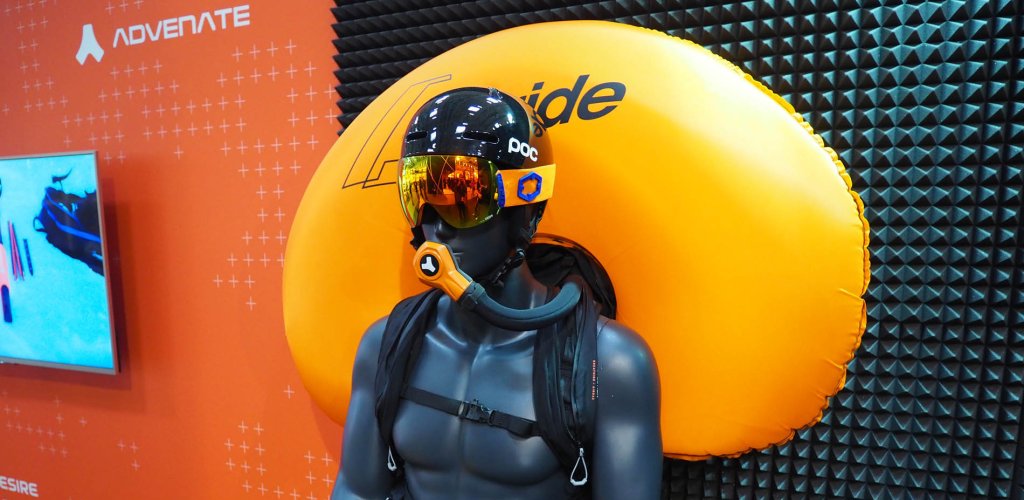Aside from this core competence, the Avametrix gadget is also a GPS, inclinometer, compass and, with the help of a small extra part, a kind of mini weather station that measures temperature, humidity and theoretically even wind force. You should hang the "weather sensor" on the outside of your backpack so that you don't have to measure the weather in your jacket pocket. From a meteorological point of view, the weather outside your rucksack is indeed more representative than the weather in your jacket pocket, but it is not necessarily an optimal measurement either. All the information that the device measures is thrown into an artificial neural network, which then performs a bit of black box magic and somehow improves the hardness profile by a further step.
The main advantage of the AvyScanner over digital penetrometers (such as the Avatech probe) is said to be the comparatively lower price and the fact that you only have to hold the AvyScanner towards the snow. The American developers - who by nature are much more focused on snowpack analysis than on rule-based methods with 3x3 or Stop or Go - imagine that anyone who digs snow profiles could use an AvyScanner. However, there is probably most potential in the operations of ski resorts, which, as is typical in the USA, have to secure a lot of "inbounds" terrain.
The AvyScanner fits in normal jacket pockets and is about the size of a smartphone, but is heavier and slightly thicker. This is mainly due to the built-in Li-ion batteries, which are designed to ensure that the device works reliably even at very low temperatures. The broadband microwave scanner itself is small enough that it could be attached to a smartphone, for example, but according to the developers, this was not done because the battery drains too quickly on smartphones in outdoor use. The AvyScanner is currently undergoing various certification procedures. Allegedly, it will be launched on the market immediately afterwards; according to the company, the necessary capital is available. The device is said to cost around €700, or "about as much as an airbag backpack".
We are a little skeptical about the AvyScanner's suitability for mass use and would like to try it out for ourselves before we really believe in it. If it really works as advertised, it may not be able to replace manual profile digging, but it can provide very valuable additional information. The purpose of the neural network was somewhat vaguely defined. Either it's more about the buzzword, or they don't want to burden customers with the theory. However, the basic principle of the device seems conclusive, at least in theory, and if the whole thing can be implemented in a handy size (or perhaps at some point as a cell phone add-on) and reasonably affordable, that would be pleasing. We are eagerly following the further development of Avametrix.
Conclusion
After a fairly rapid development towards ever lighter airbag systems in recent years, things seem to have calmed down for the time being, or rather the cartridge systems are now all in a comparable weight range. In the case of avalanche transceivers, the reinvention of the wheel is also a long time coming. Although there are some optimizations and updates this year, there are no big leaps in new directions - in the past, things have gone wrong here and there and perhaps everyone has learned not to lean too far out of the window. What seems interesting is the partial return to the advantages of analog mode, which is now available as an optional feature from many manufacturers. As an independent avalanche transceiver manufacturer without a major clothing line or group of companies behind it, Arva seems to have to calculate carefully if it wants to keep going in the long term.
